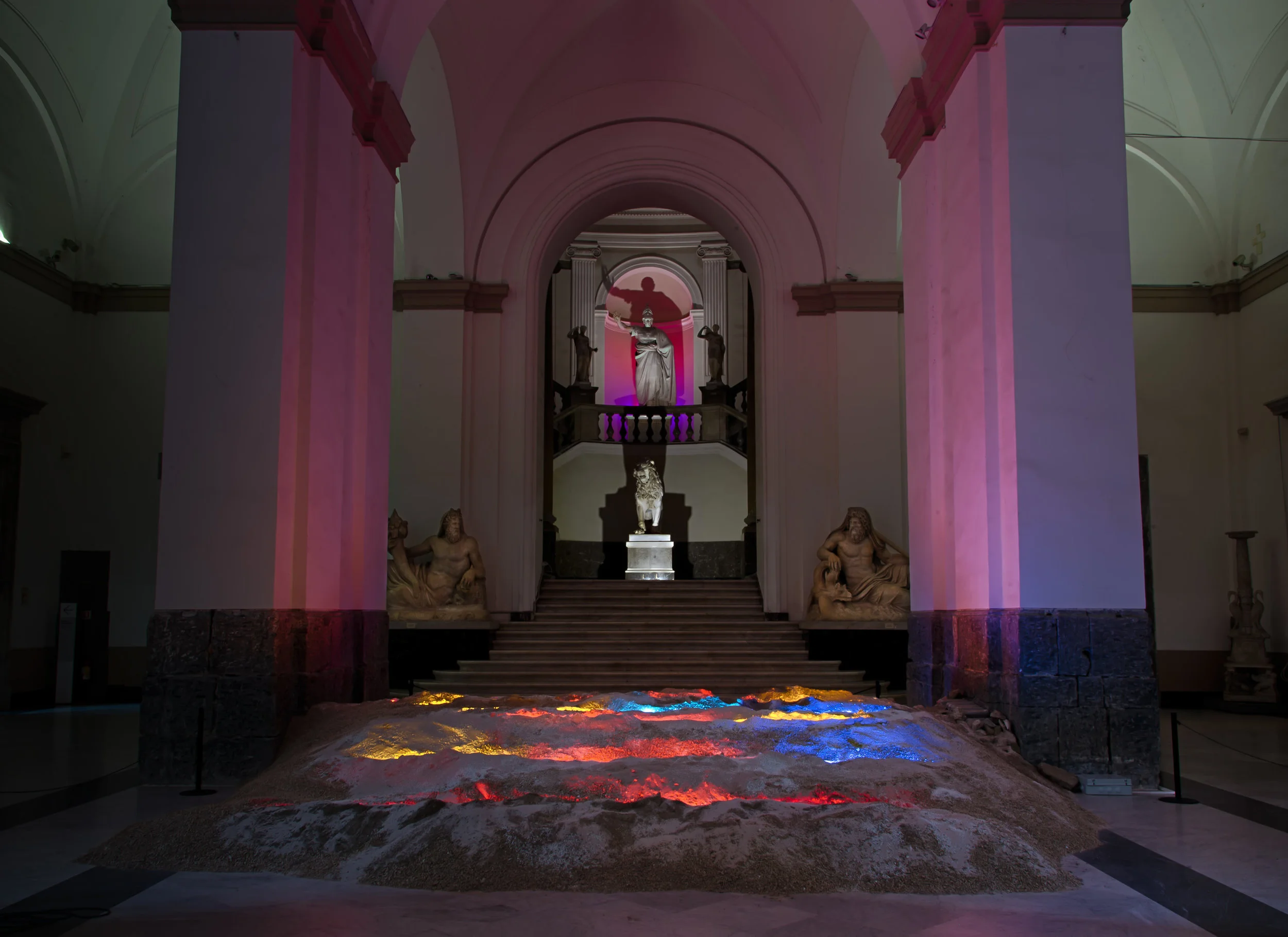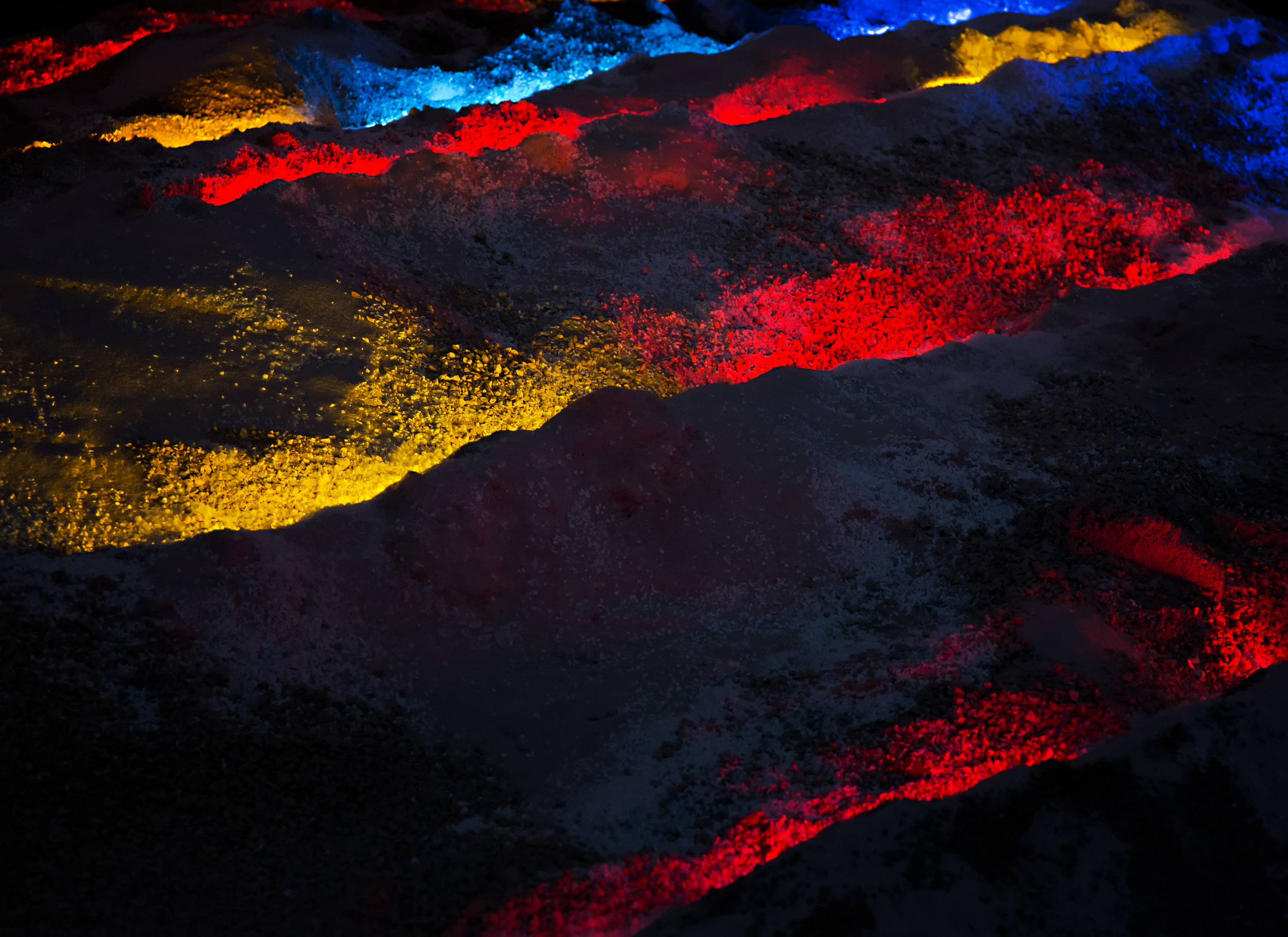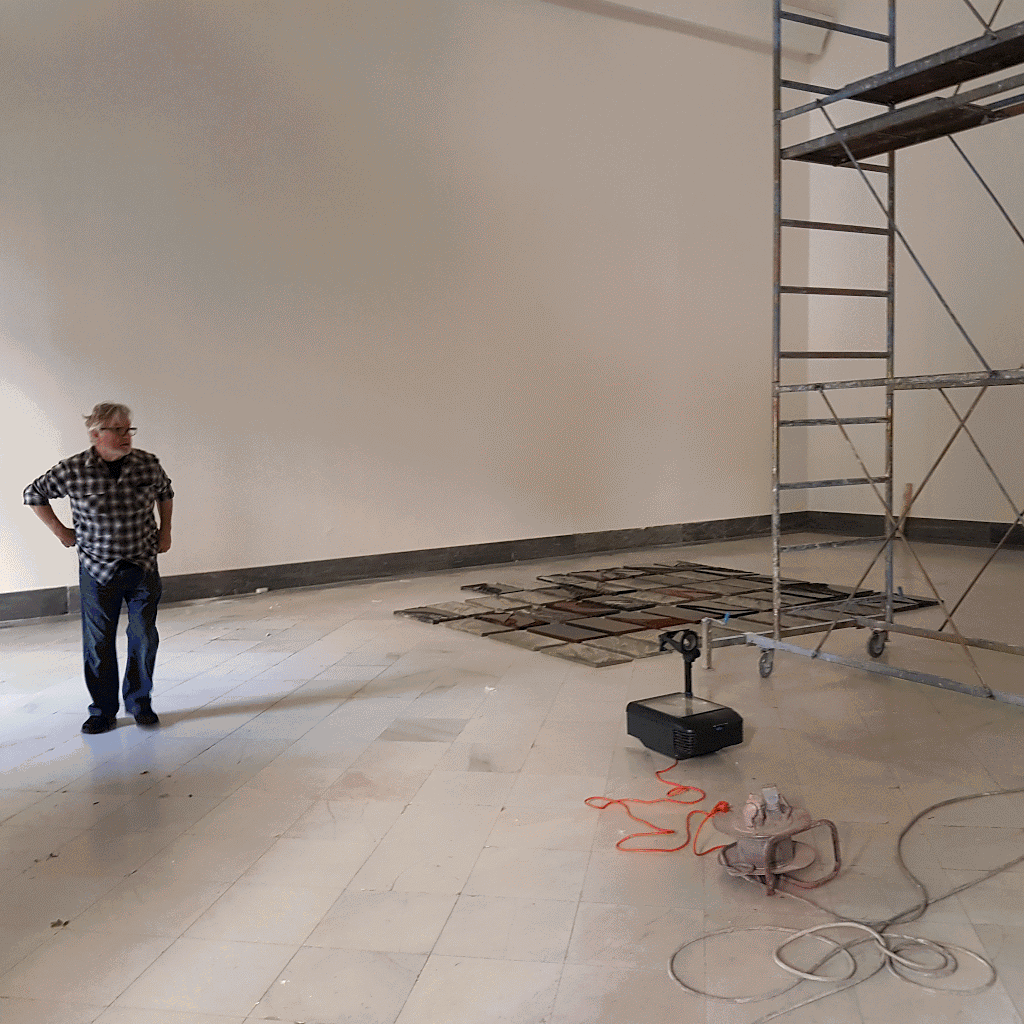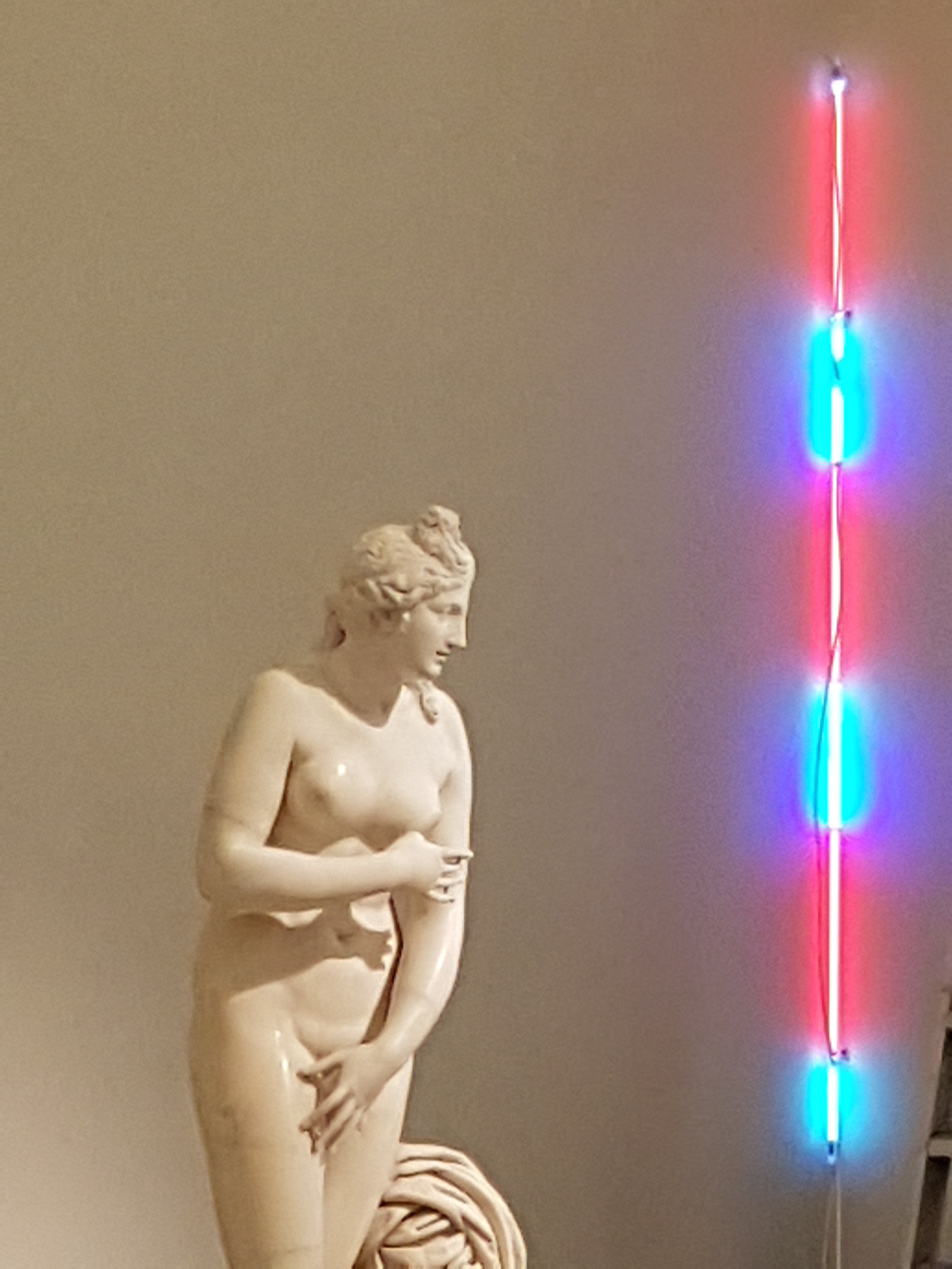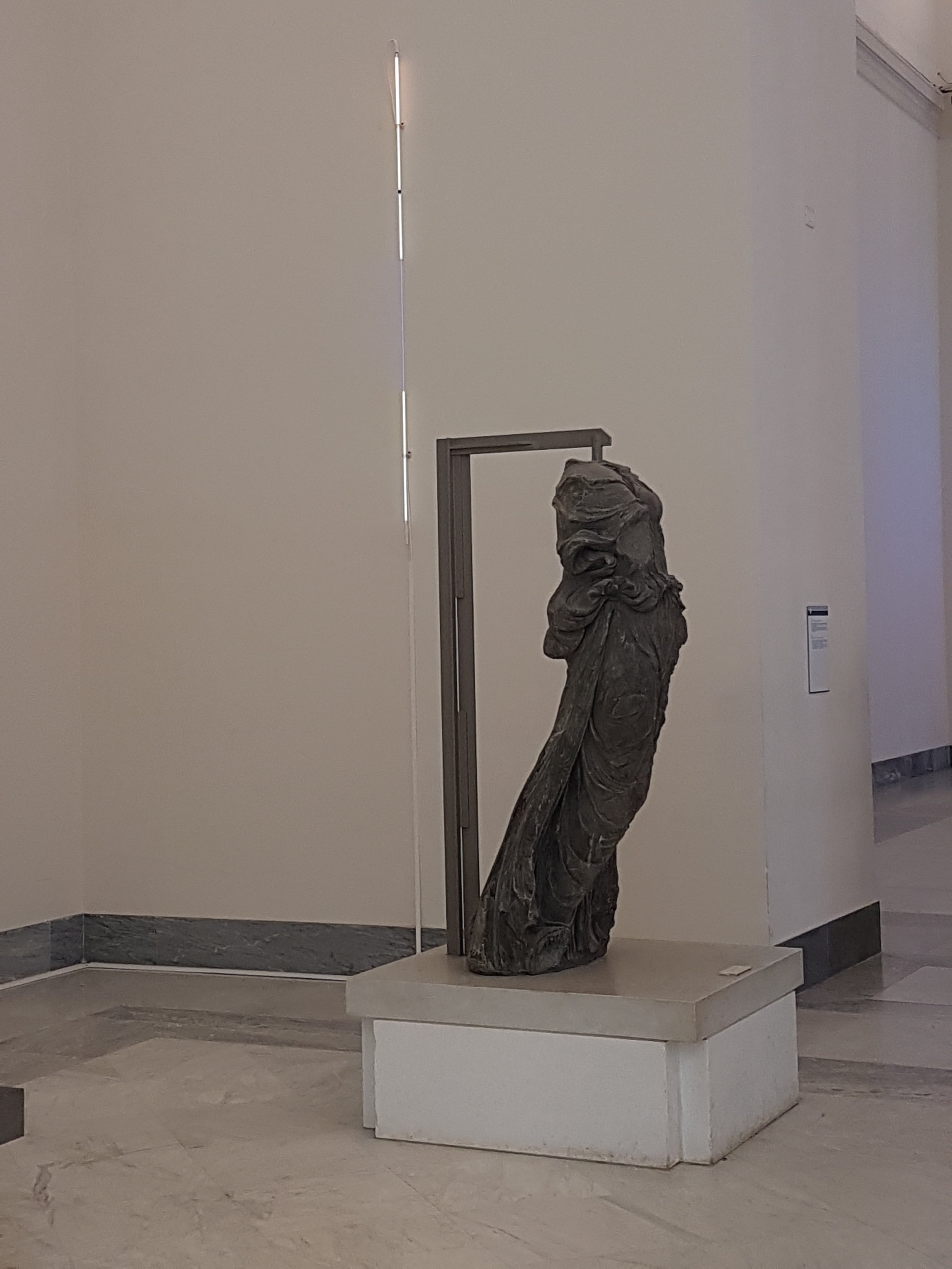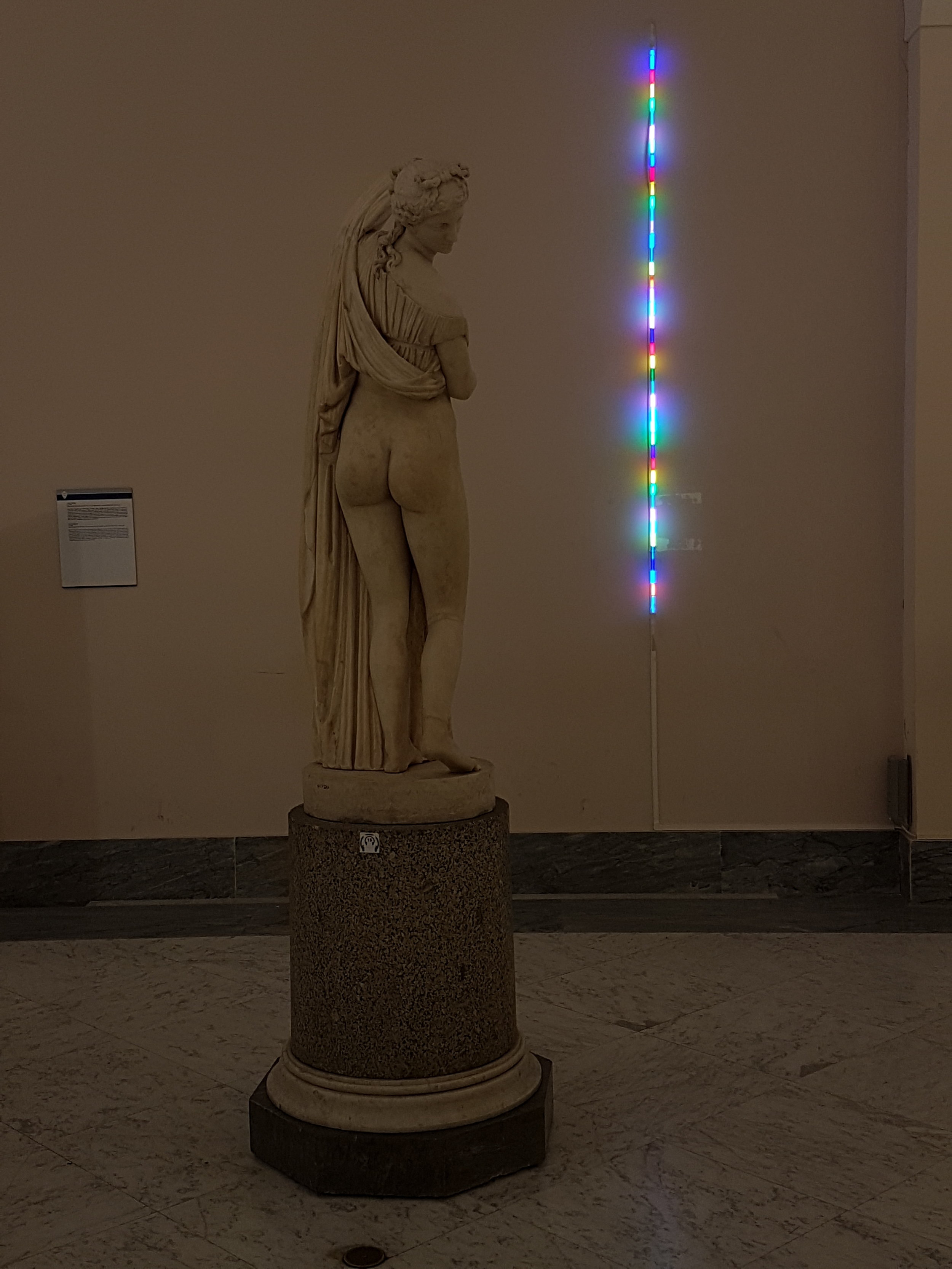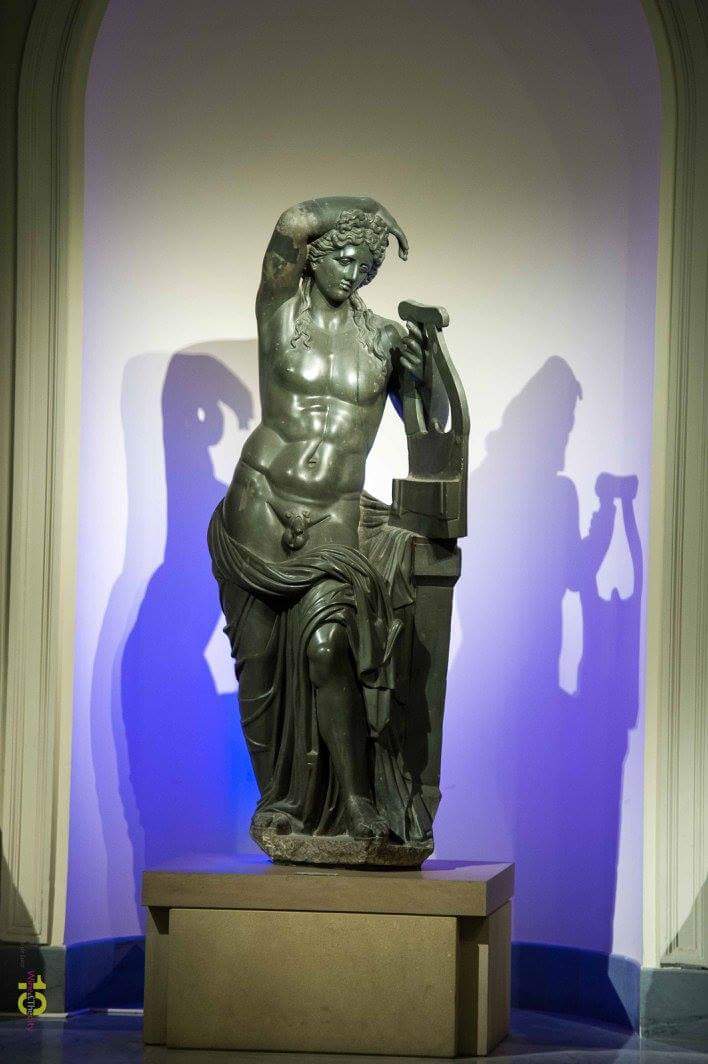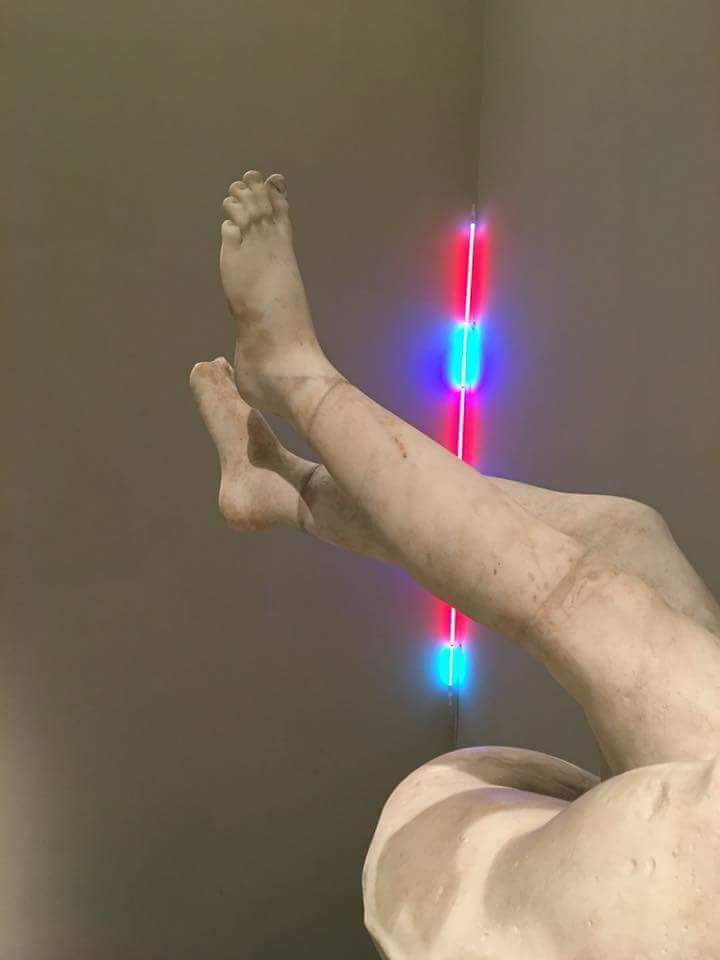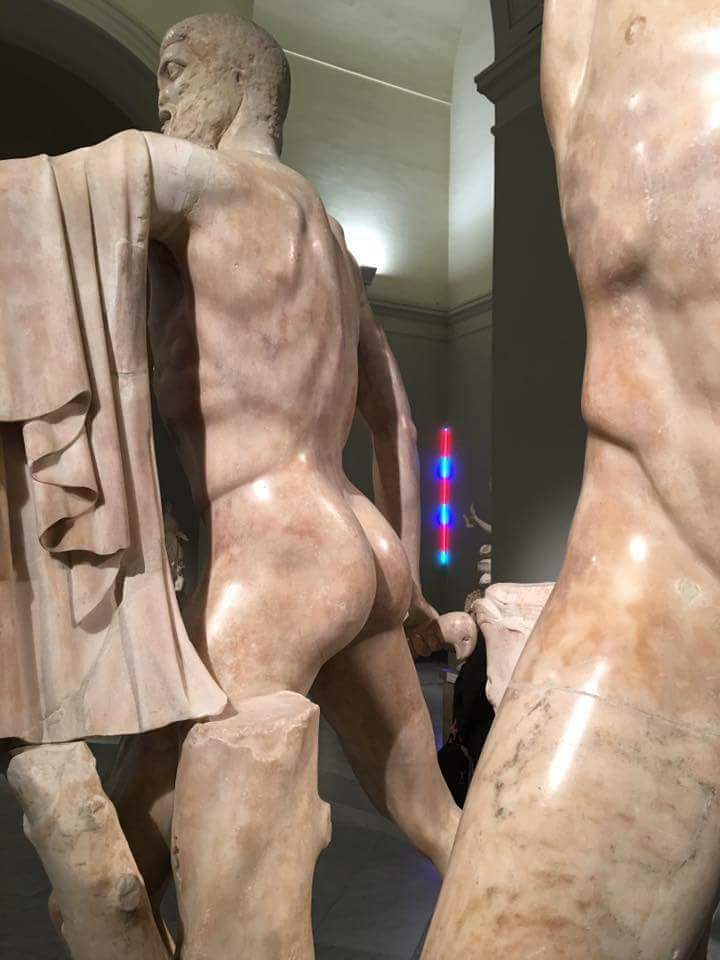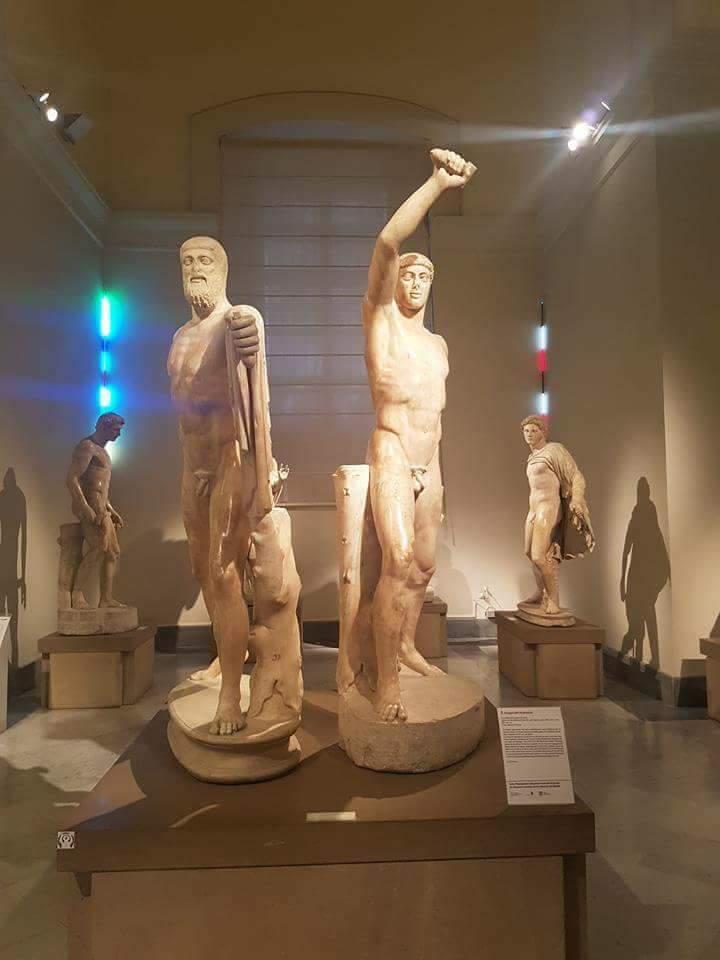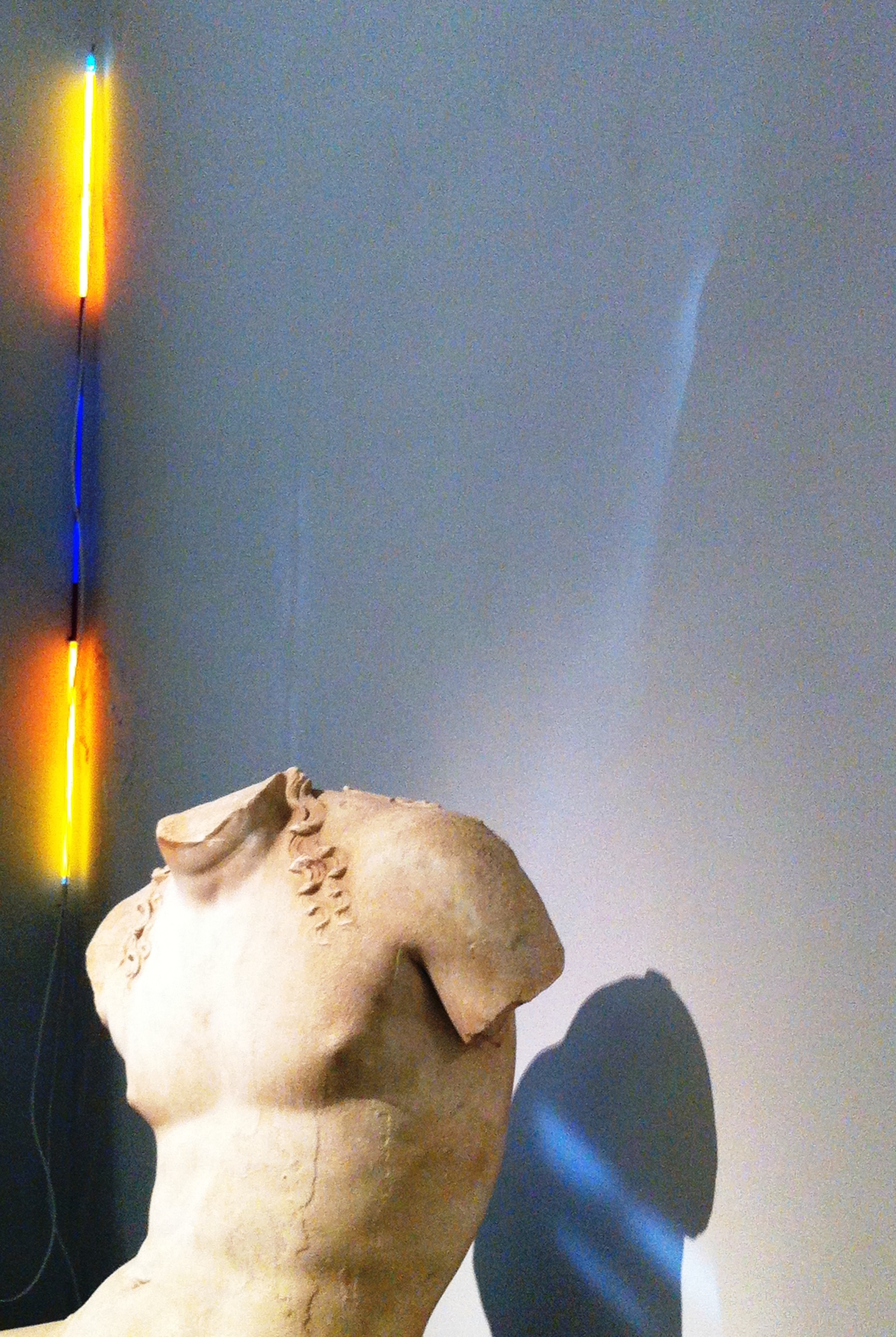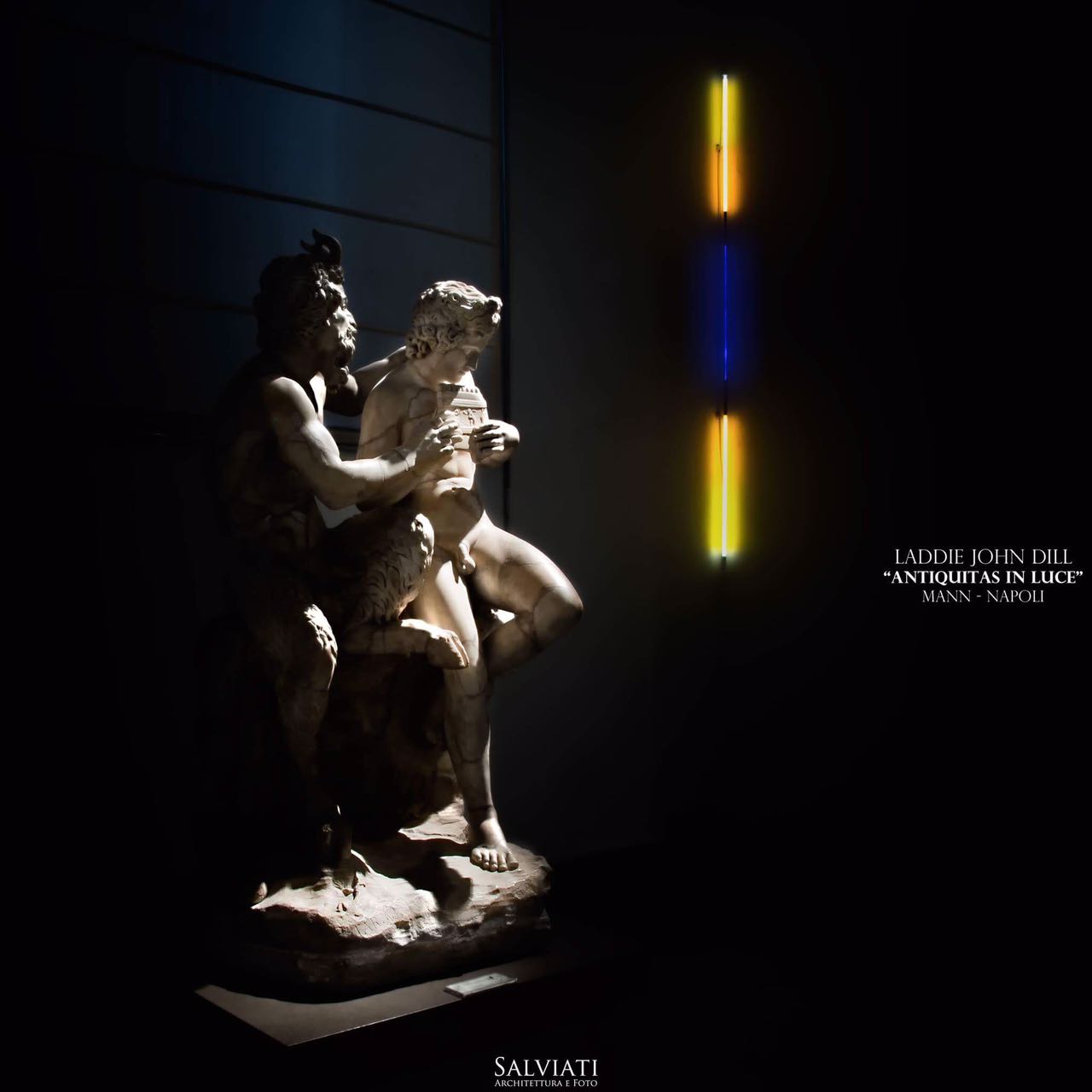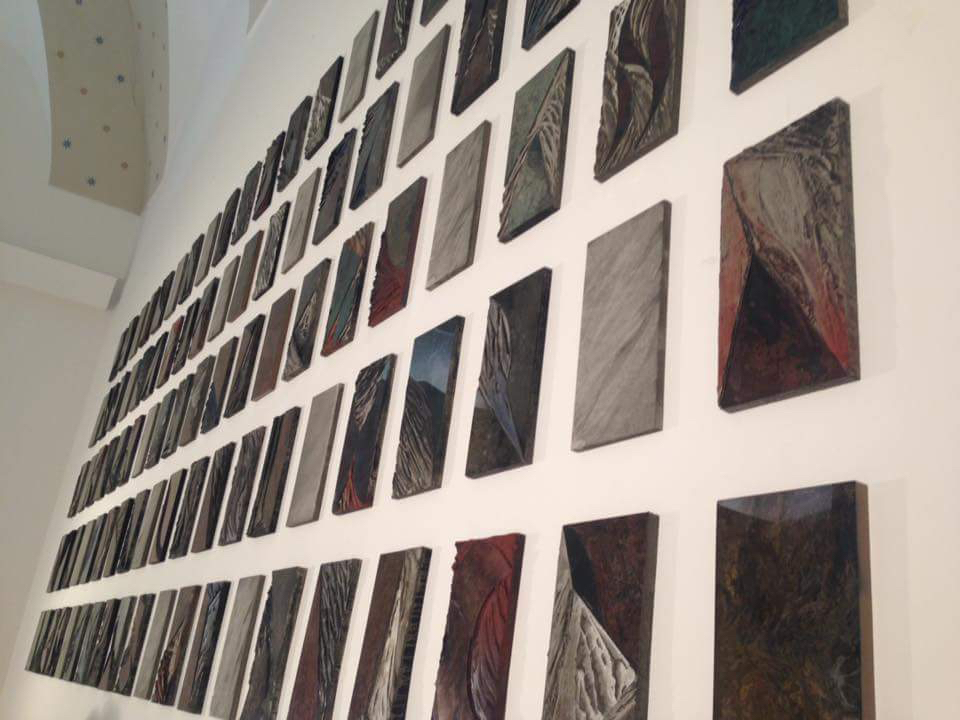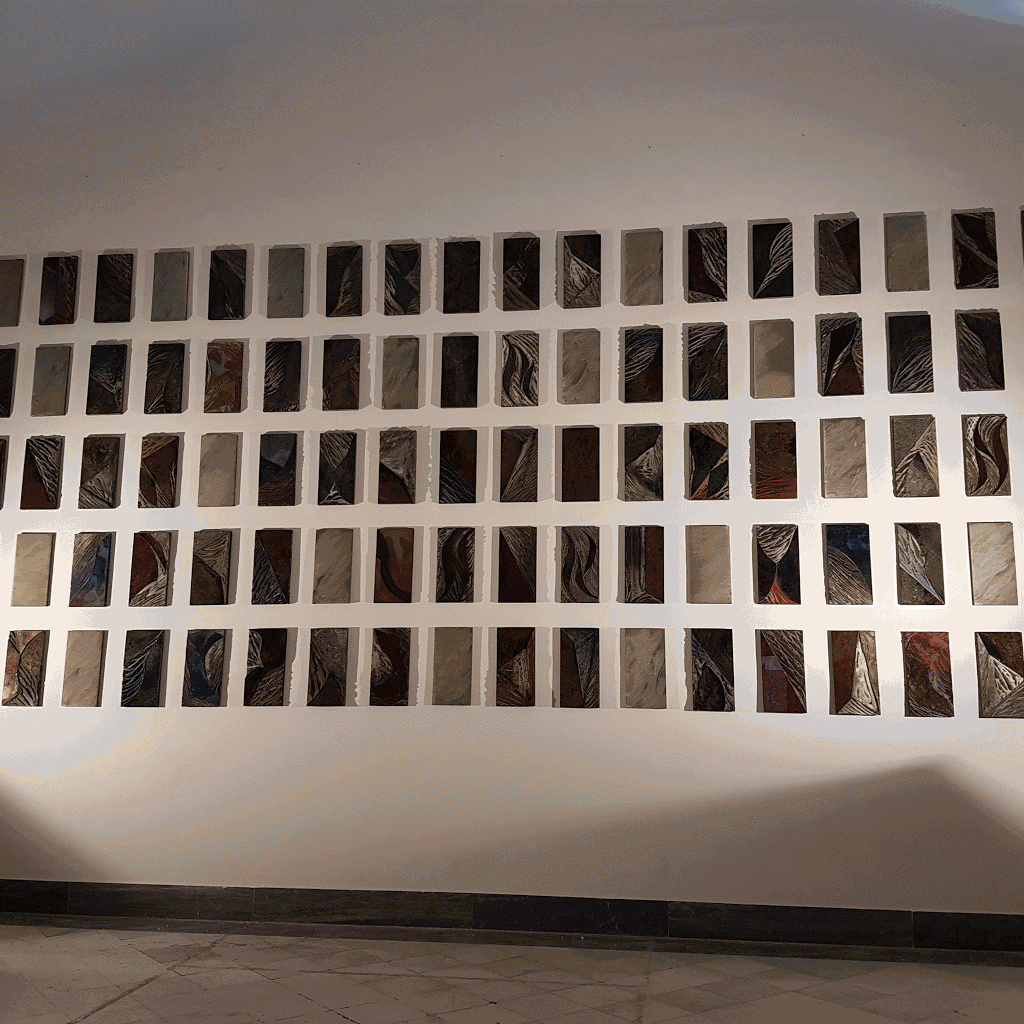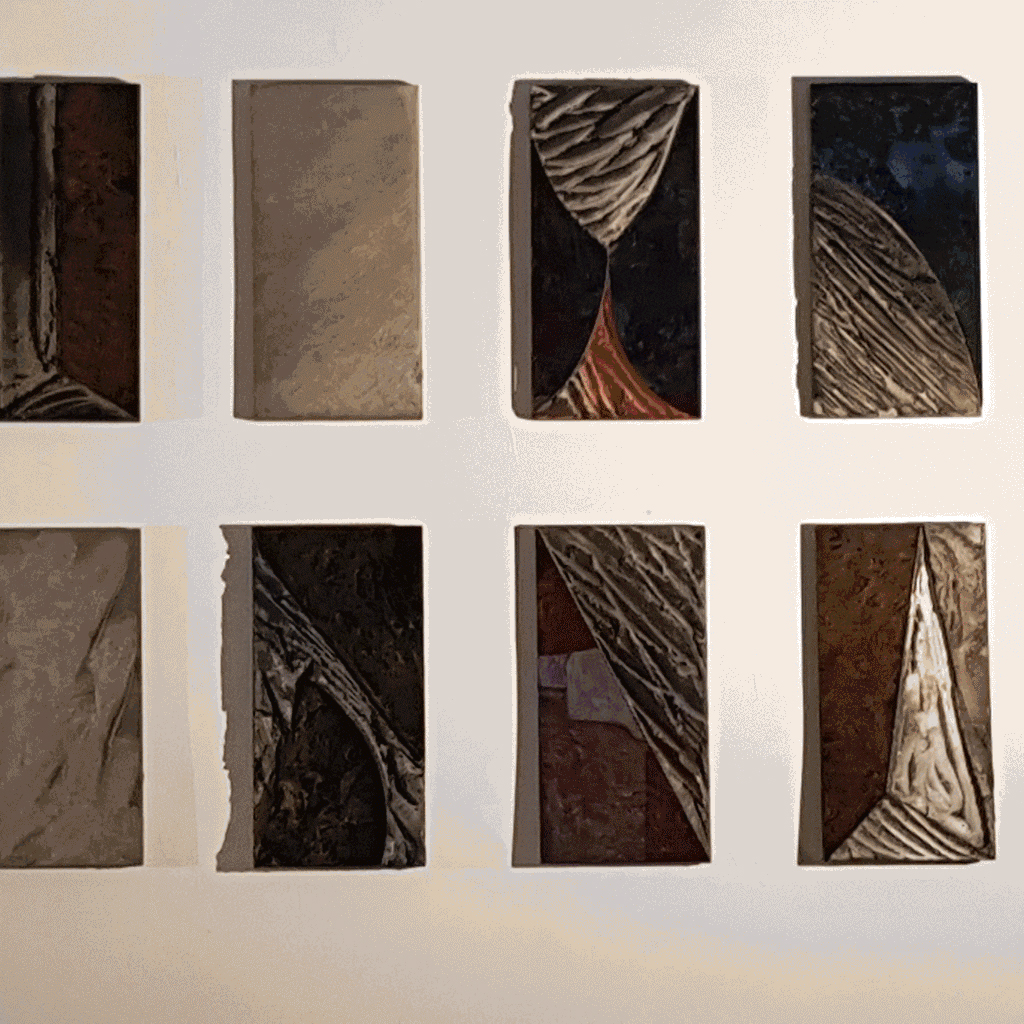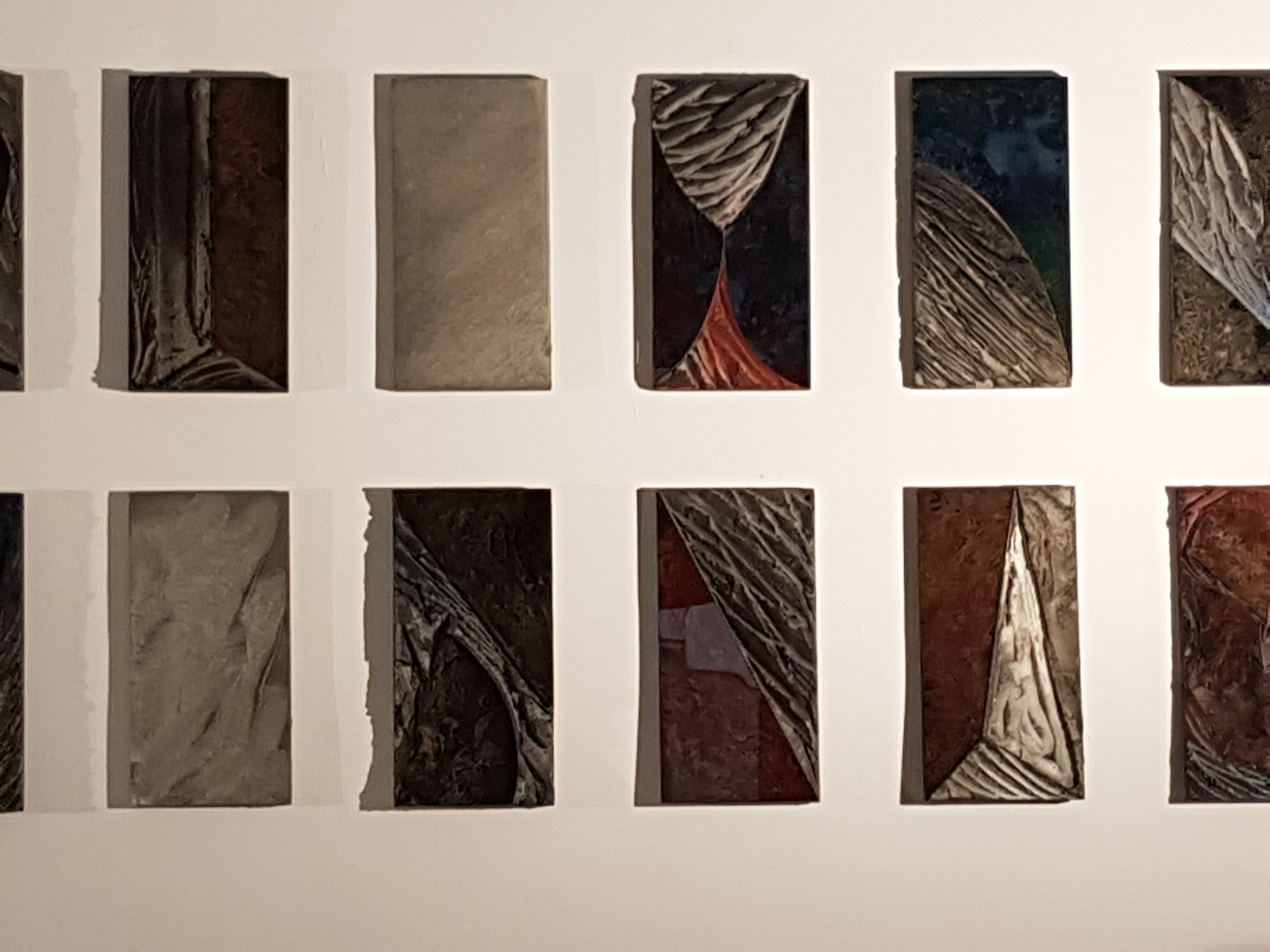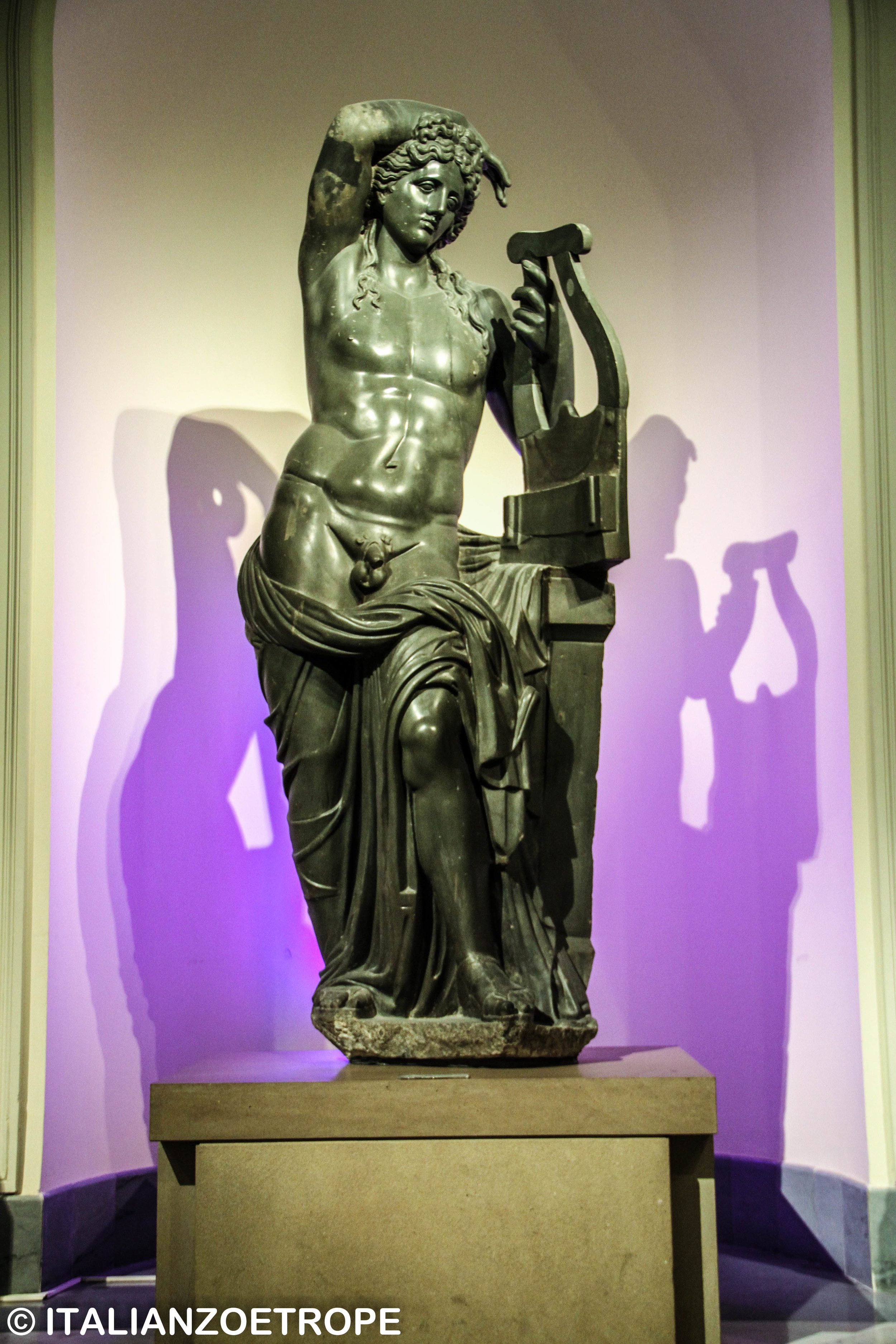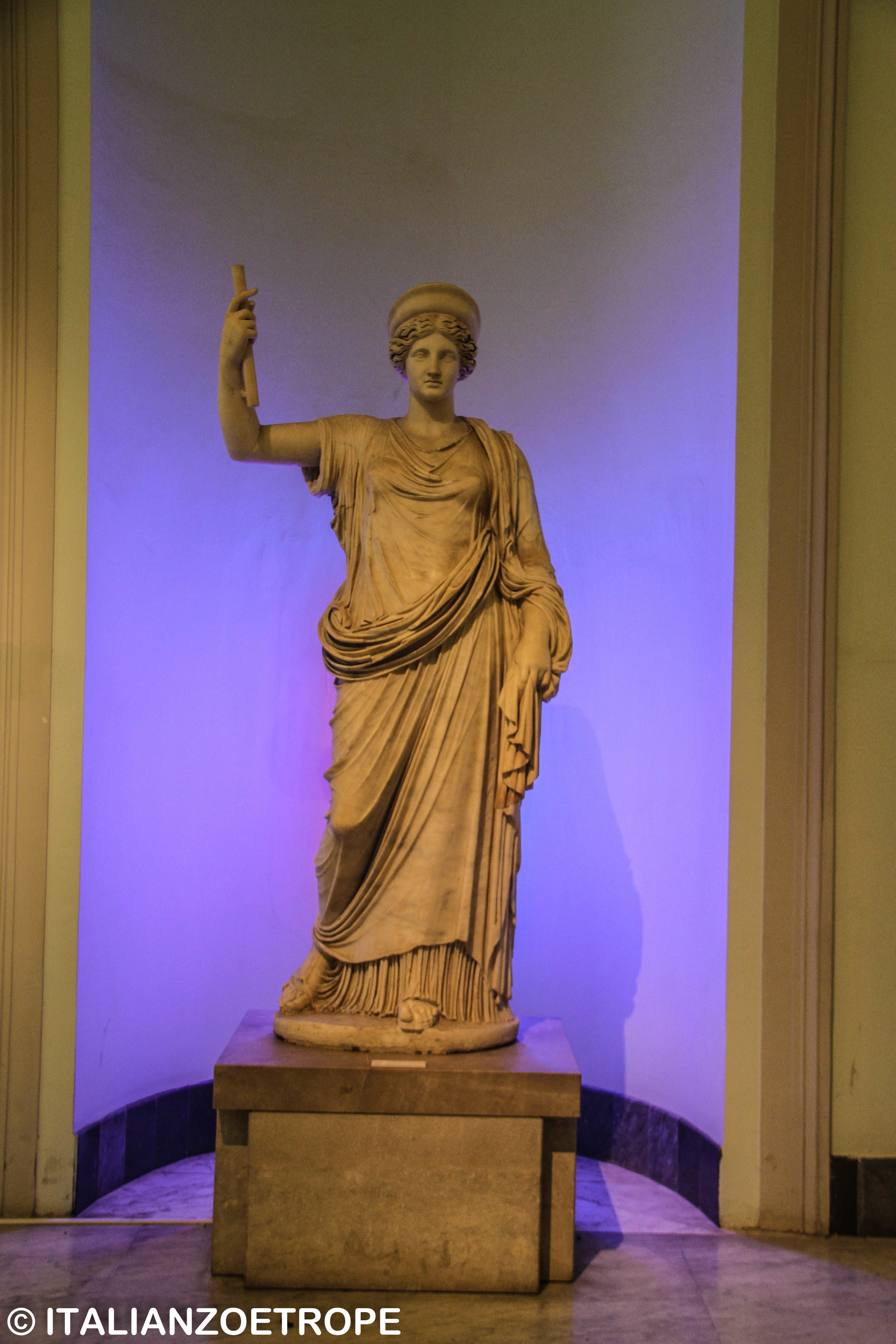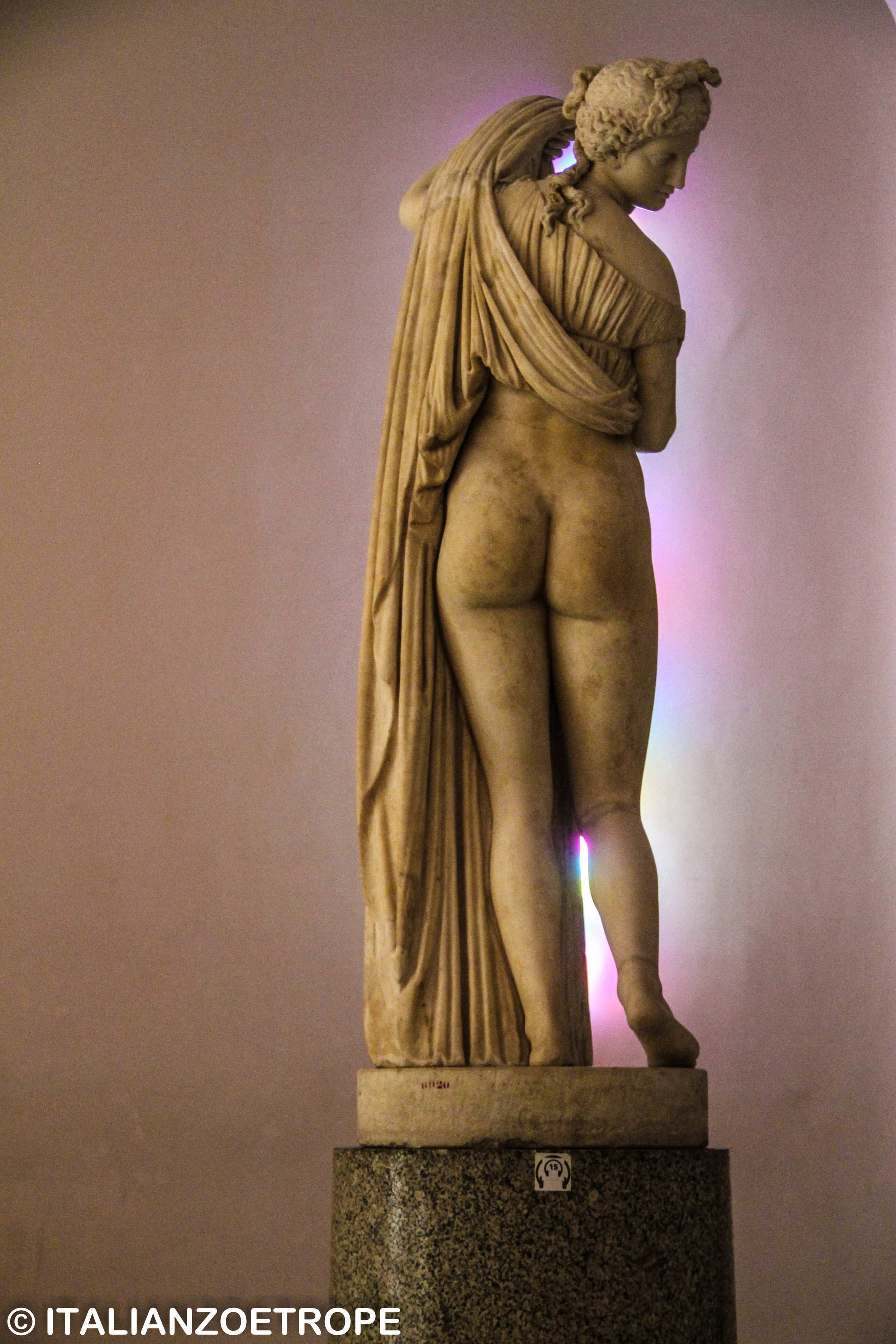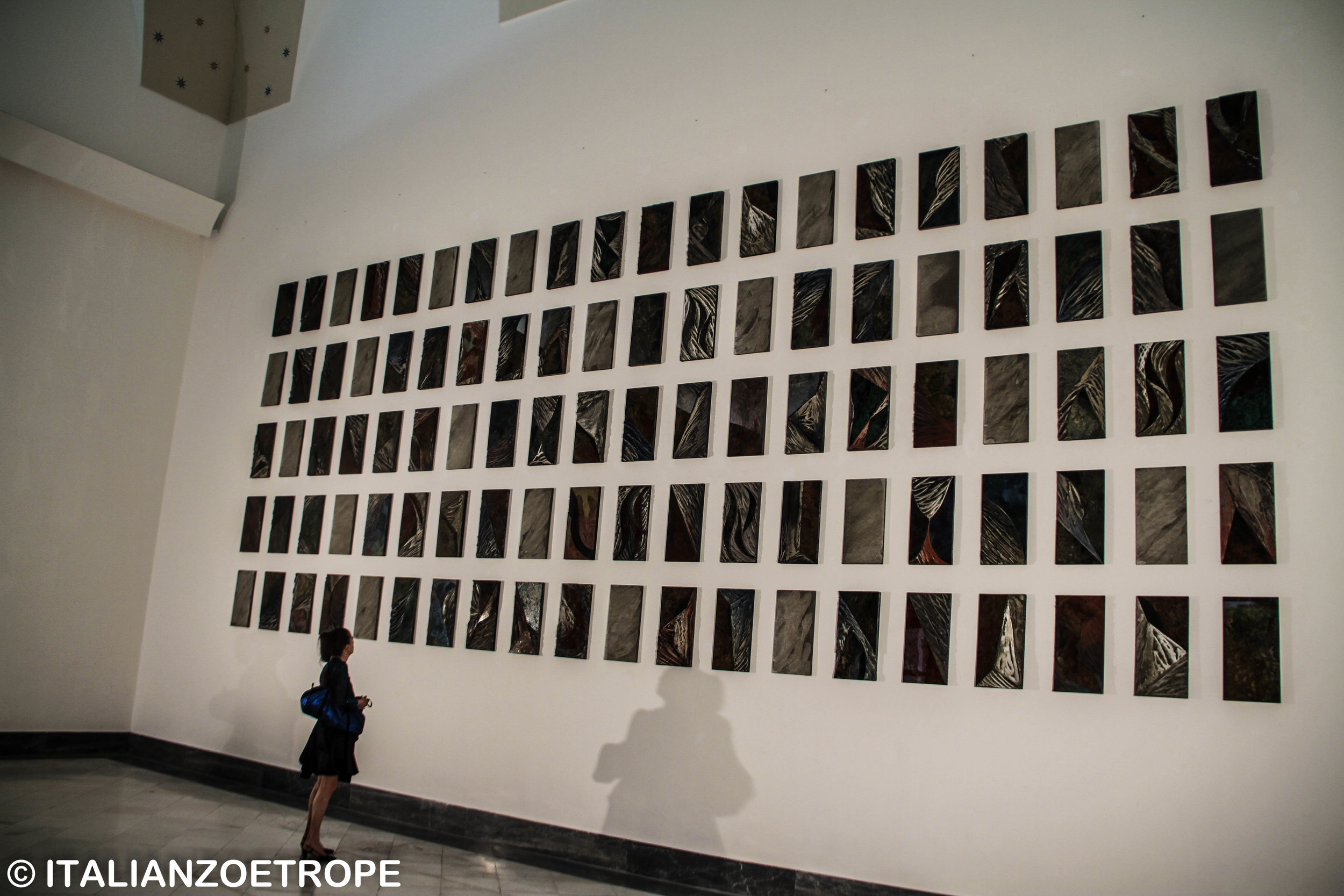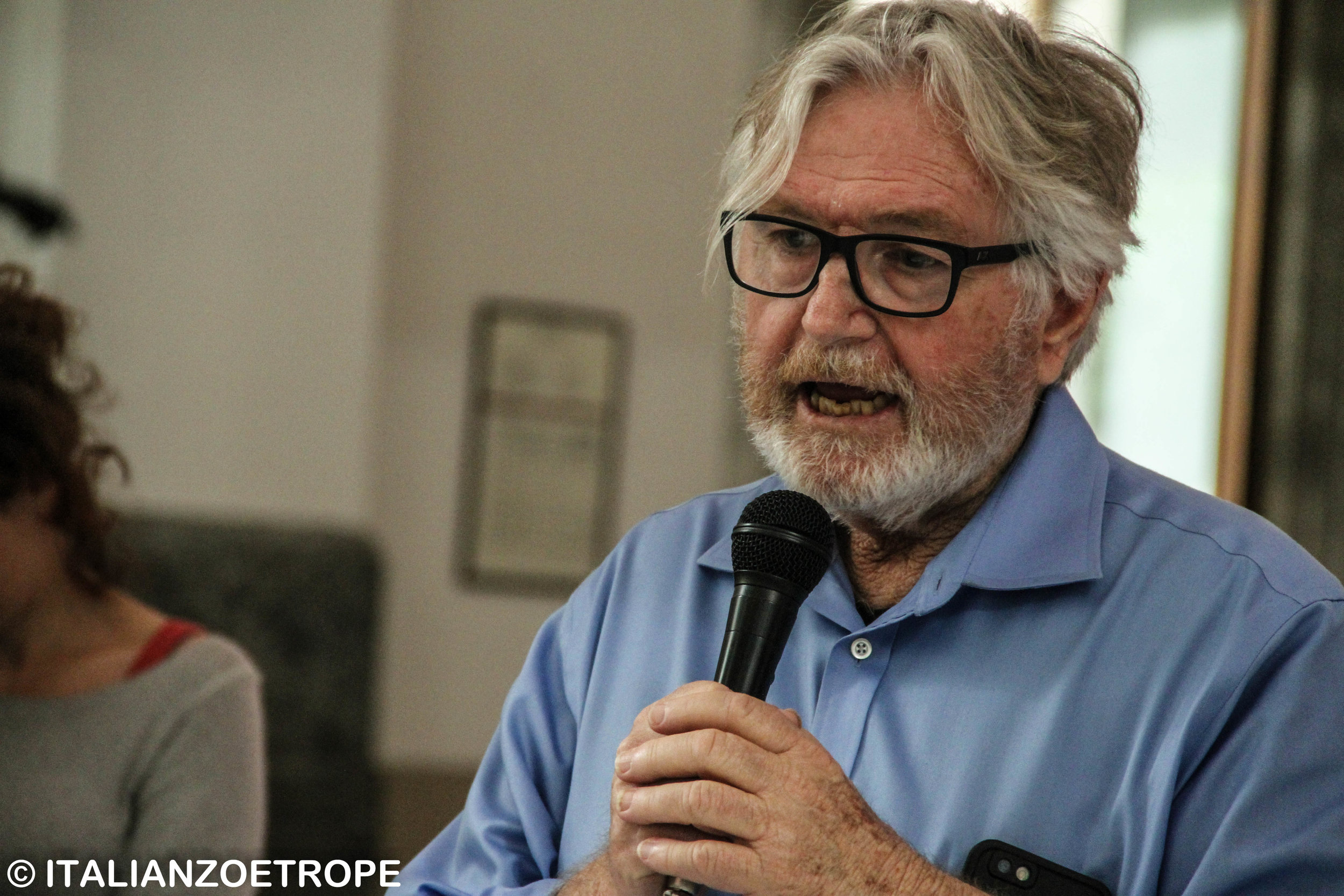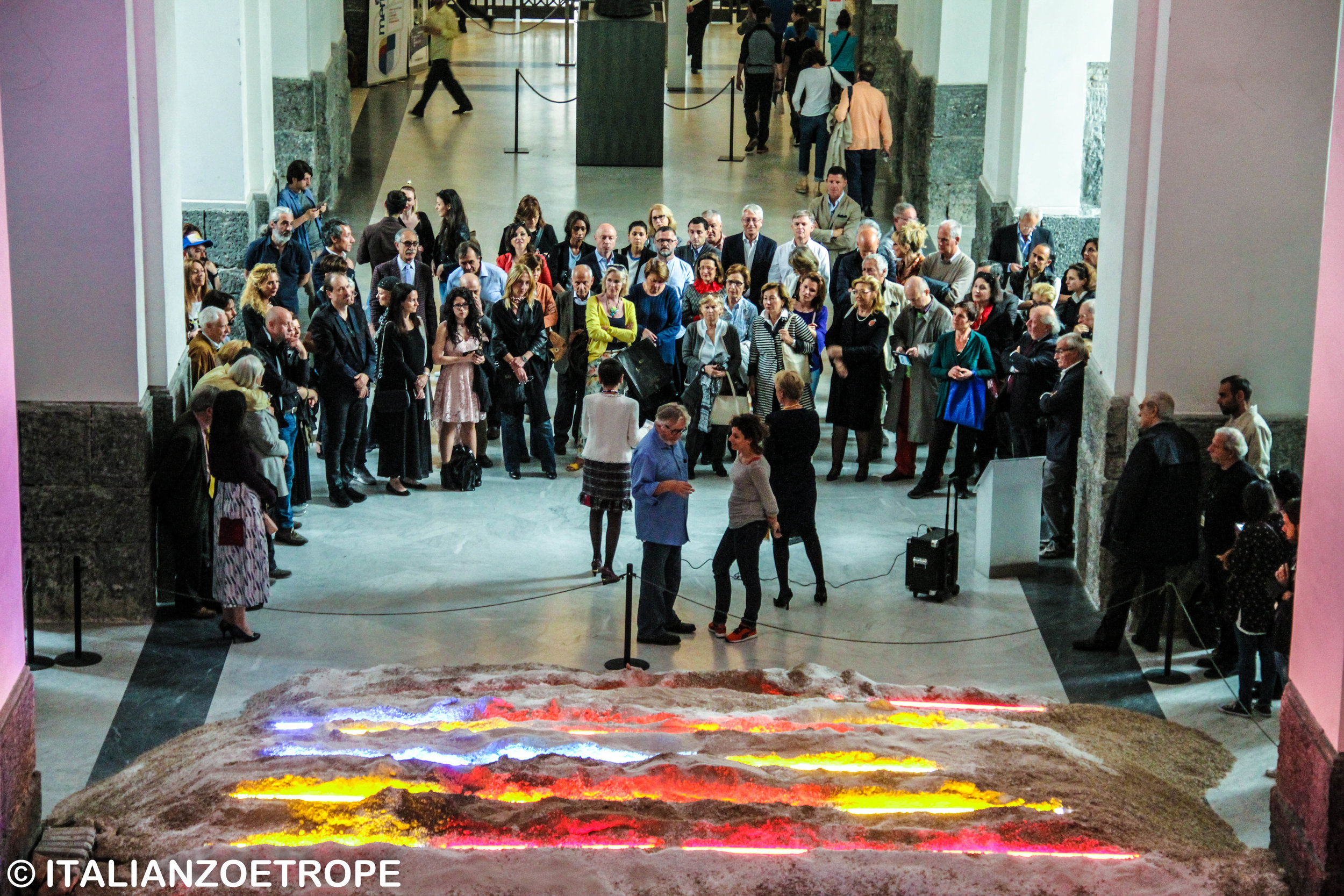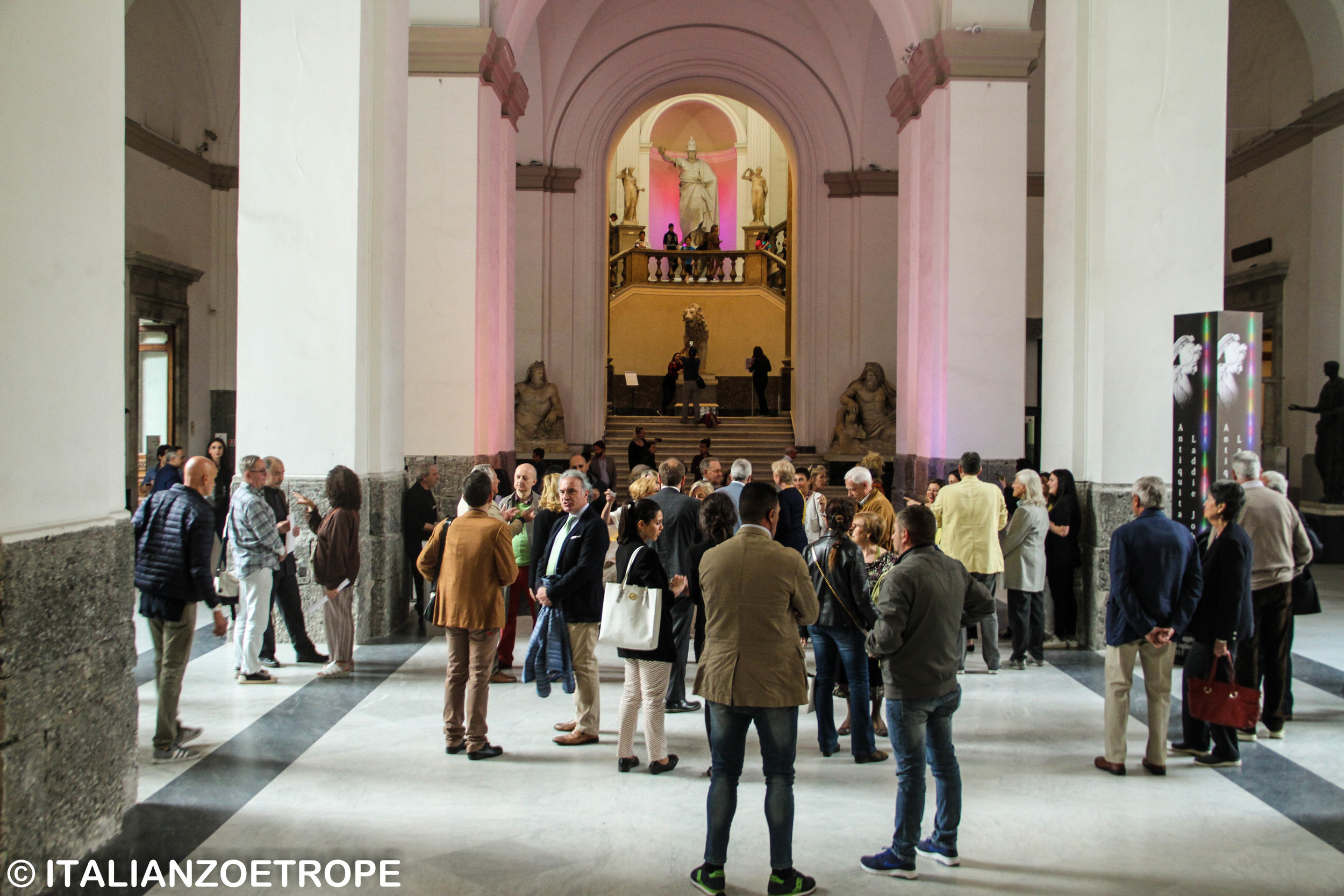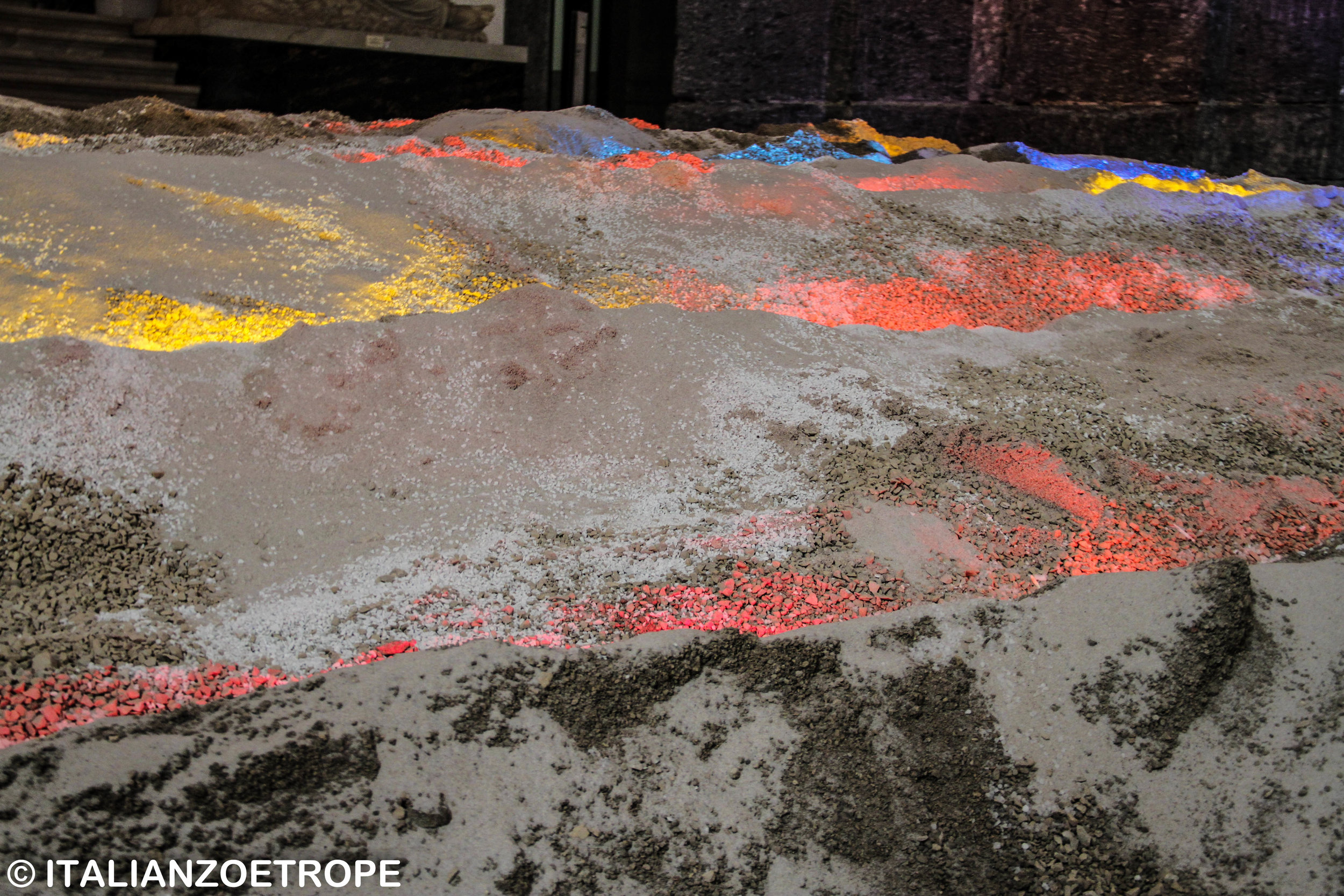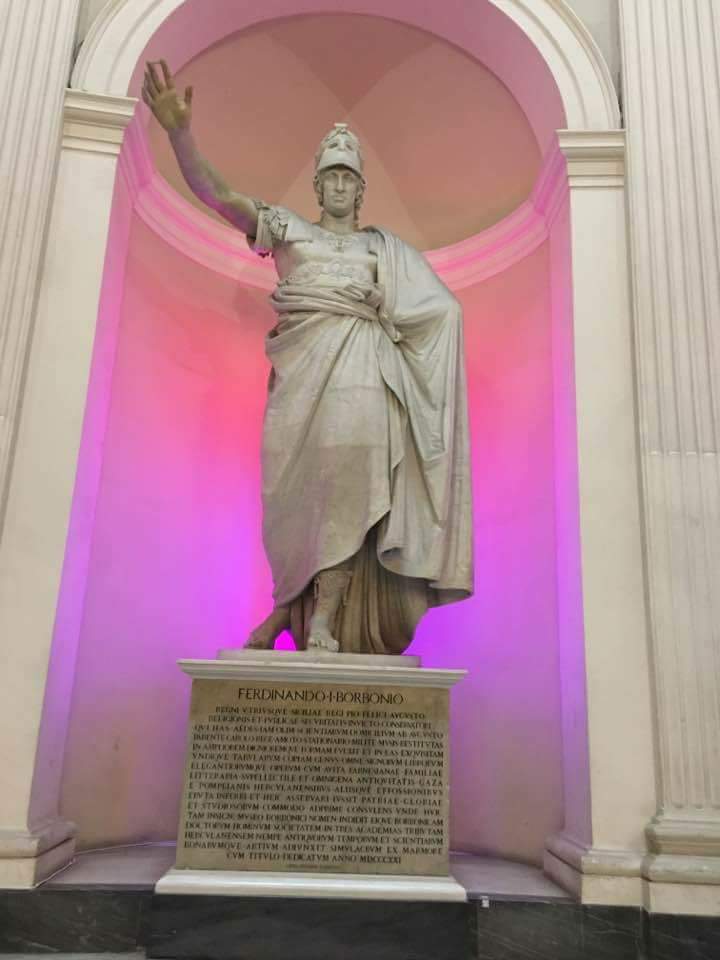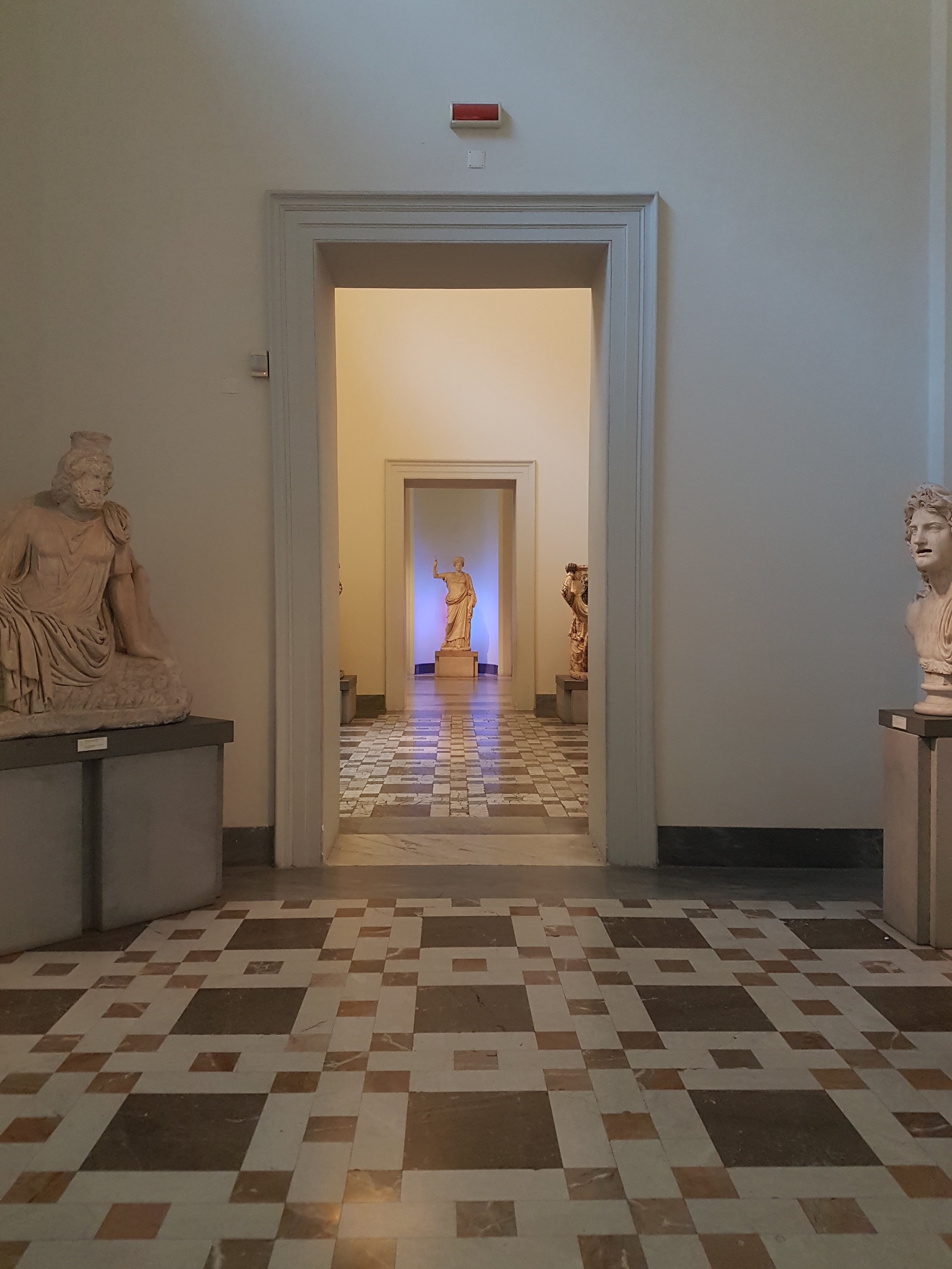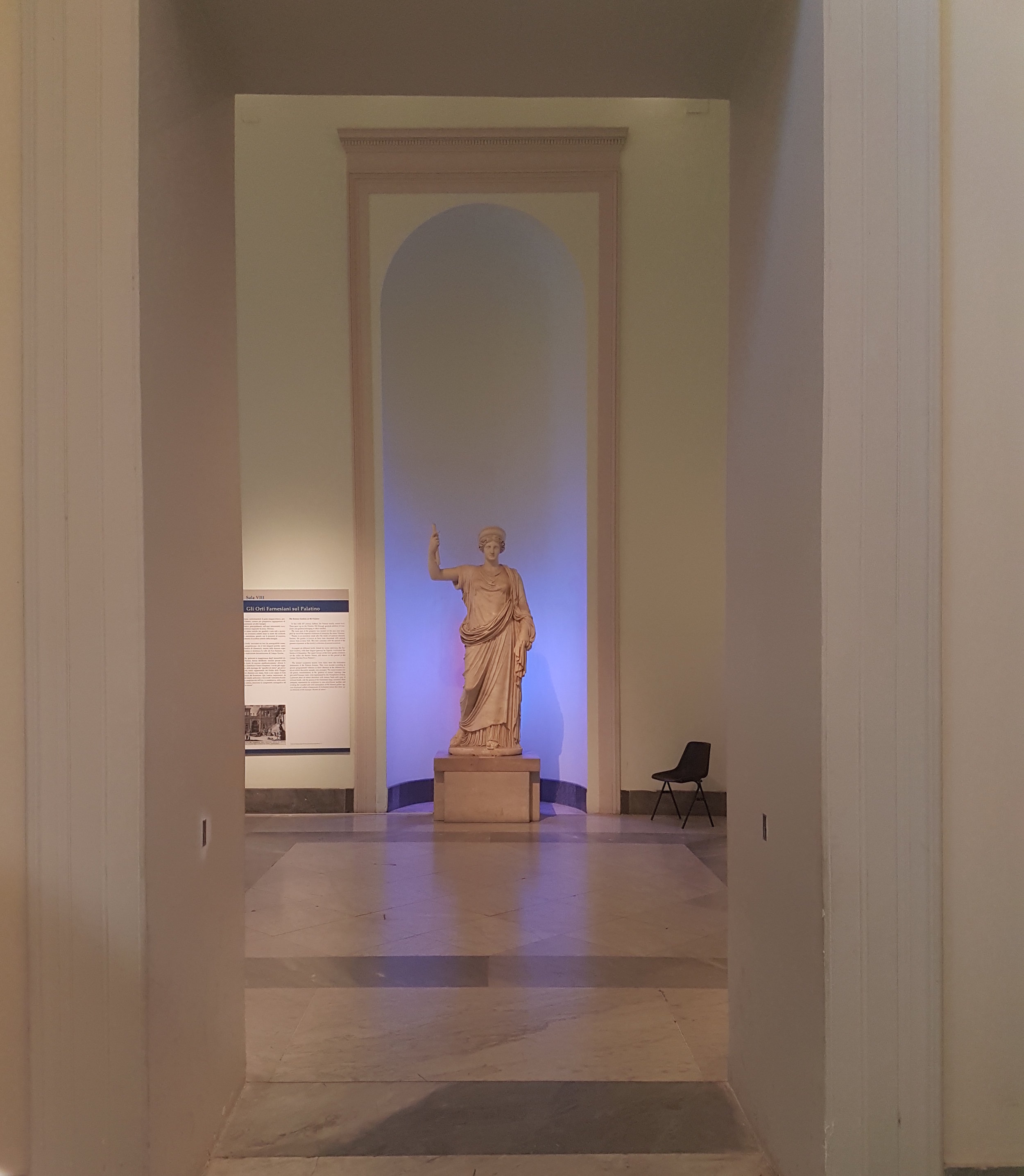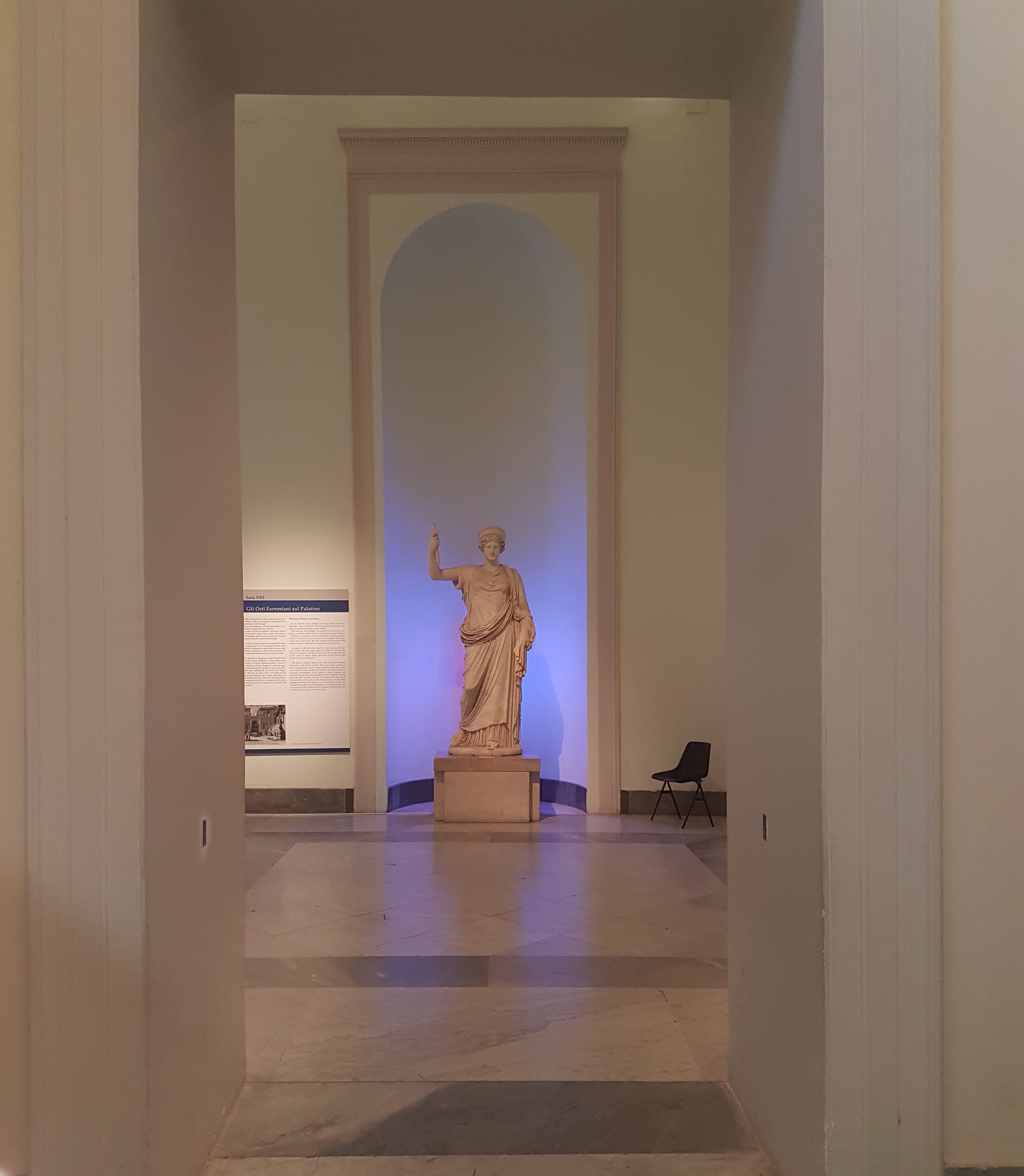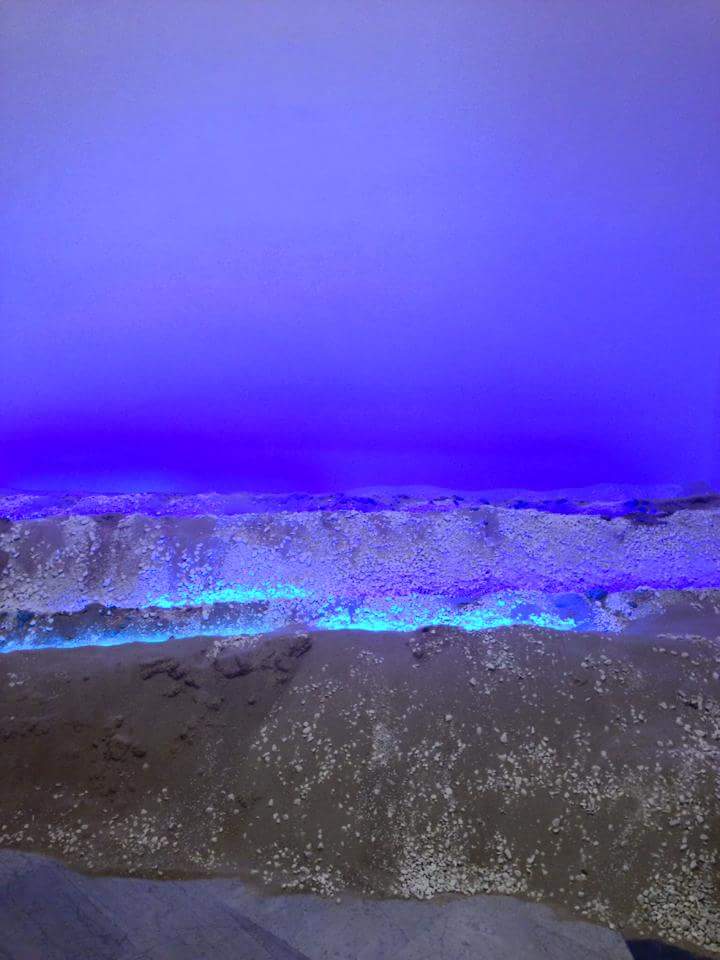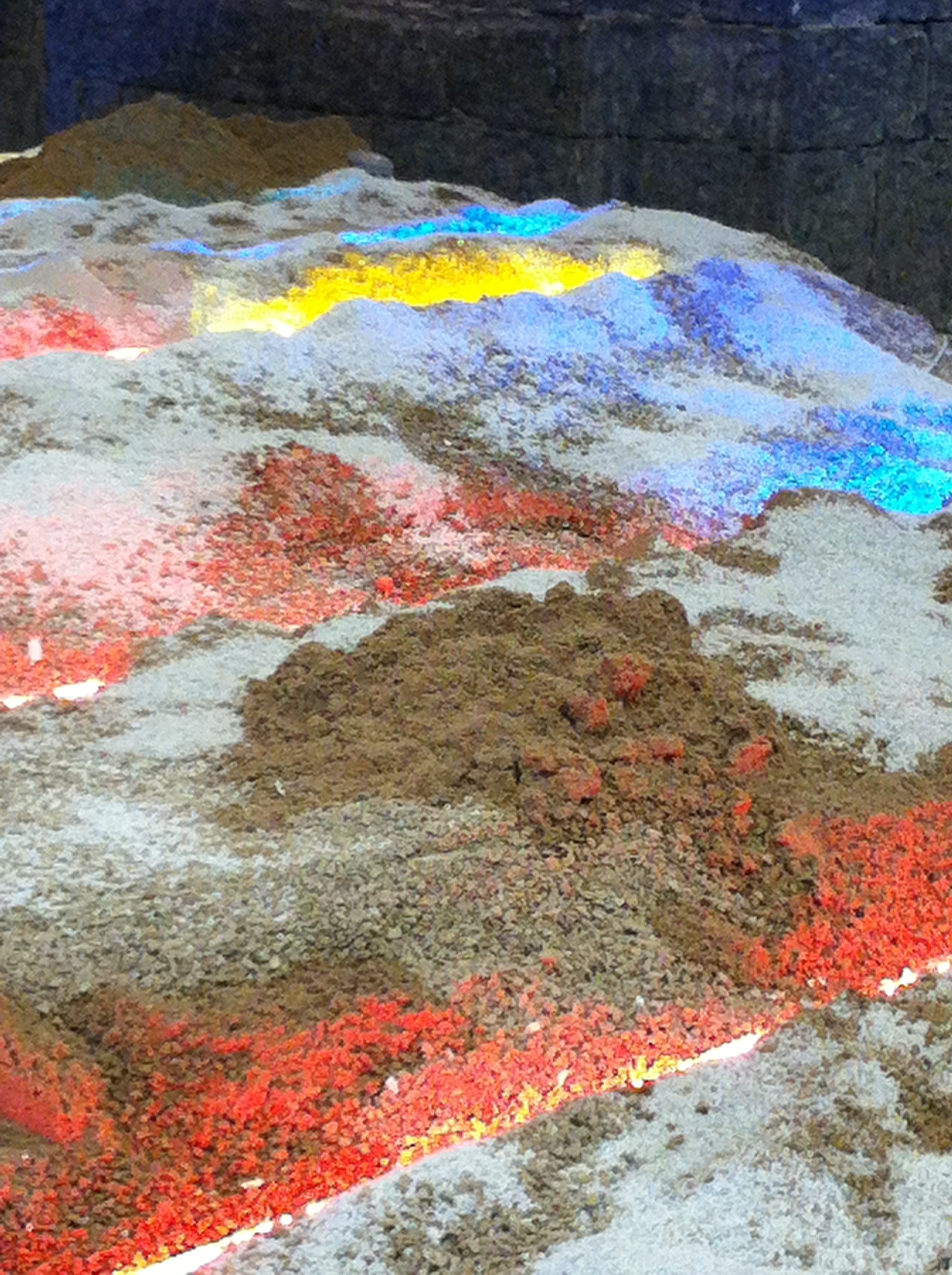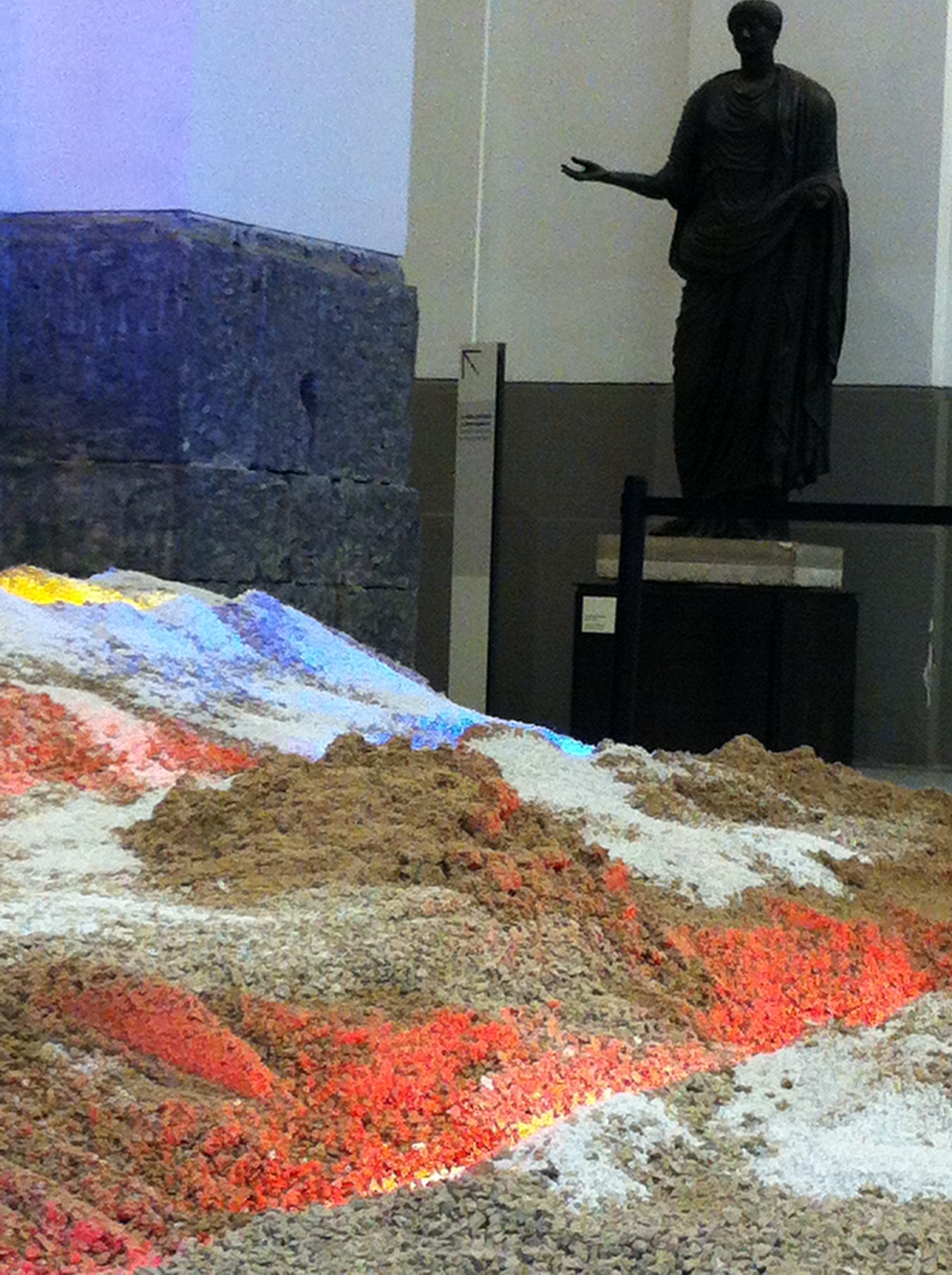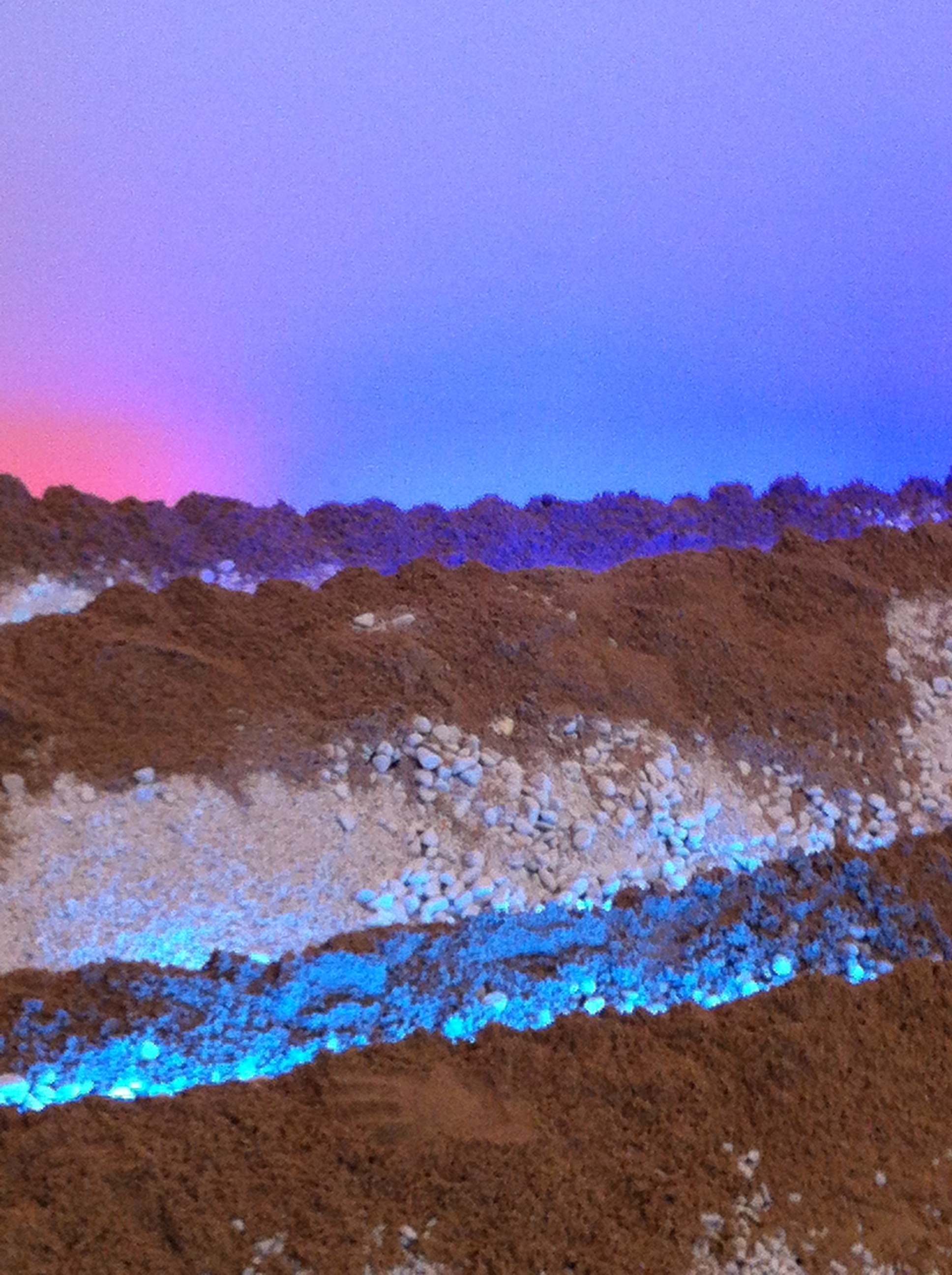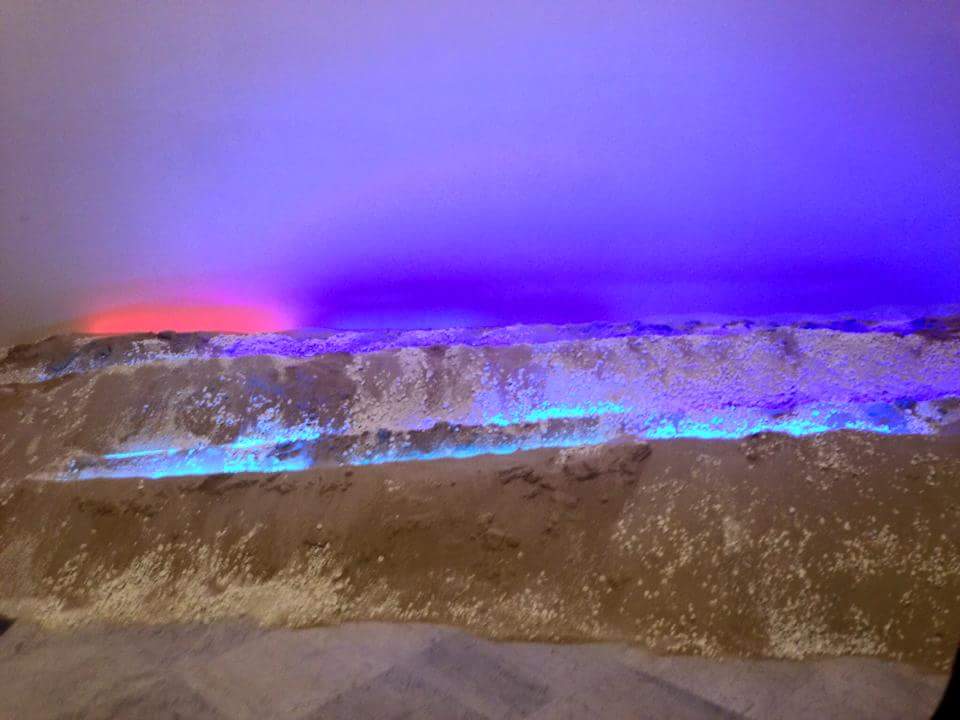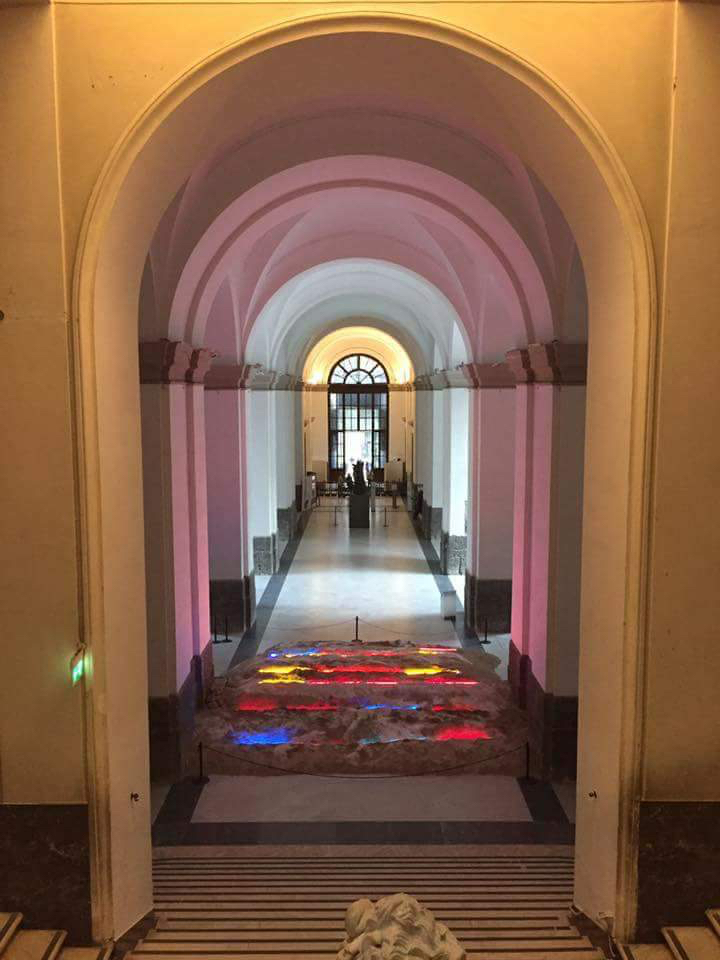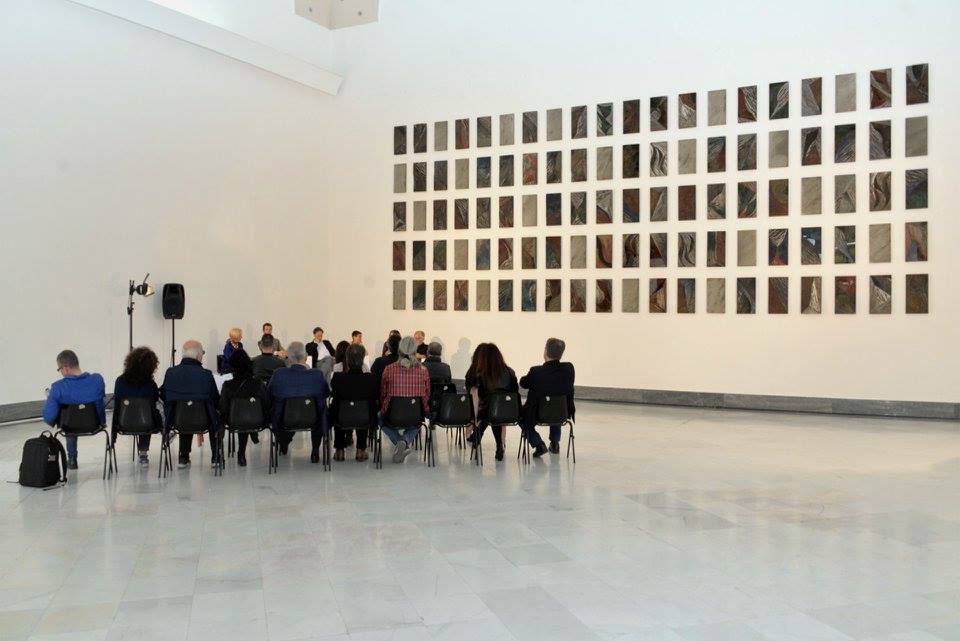ANTIQUITAS IN LUCE
Introduction
The National Archaeological Museum of Naples has had close bonds with the art world of California for many years. It began with the relationship with Jean Paul Getty, who opened his second museum on his property in Malibu in California in 1974, with the intention of recreating the Villa of the Papyri at Herculaneum. The original works that inspired the Getty Villa are exhibited here, in our museum.
There are a lot of aspects which make California in general, and Los Angeles in particular, closer to our region than one may at first suppose: above all in cultural and climatic terms. Both the region along the Pacific and the city under the Vesuvius close bonds with Spain. They both live with telluric phenomena (faults and volcanoes), in a land rich in contradictions (ocean, forests, snow-capped mountains, deserts). They are both sunny regions blessed with fertile soil (which among other things produces extraordinary wines), with creativity (from Getty to Hollywood, from Disneyland to the many actors who were born or live there), technological innovation (from Silicon Valley with Hewlett-Packard which also has tied to Herculaneum and with Apple, which recently established itself in Naples). And they both vaunt an intense social debate, closely linked to philosophical choices, witnessed by the strong opposition to the Vietnam war or Apartheid.
Even if there are thousands of kilometers separating the two regions, an artist like Laddie John Dill, who has experienced and meditated on all these aspects, could not but identify with Naples (where he indeed presented some of his works a few years ago, in the sacristy of the church ofPio Monte della Misericordia) and with the Archaeological Museum.
Having been part of the Californian Light and Space movement, which has given rise to works exhibited in leading museums of contemporary art in the USA, Dill honors our institution with a complete individual exhibition, made especially for the museum and ideated with the purpose of establishing a dialogue with our masterpieces from antiquity and the interiors housing them.
It is a matter of works that evoke universal forms and elements of art, which incorporate all the known aspects of classical art.
This “comparative tension” has given rise to contemporary masterpieces, imbued with light, made from primordial materials, with colors ready to acquire substance or to imbue, with arcane energy, the antique works shown in the museum. The neon lights therefore come to evoke the brightness of an active volcano; the desert sand evoke the coasts of the ancient towns of Pompeii and Herculaneum, and the shiny metal reconnects with the white marble of the antique sculptures, giving them new life.
We would like to thank Laddie John Dill for this homage, and Renato and Cynthia Penna for their exceptional contribution as coordinators and curators.
The warm wind of the art of the Pacific coast has reached the gulf of Naples.
Paolo Giulierini
Director of the Archaeological Museum of Naples
